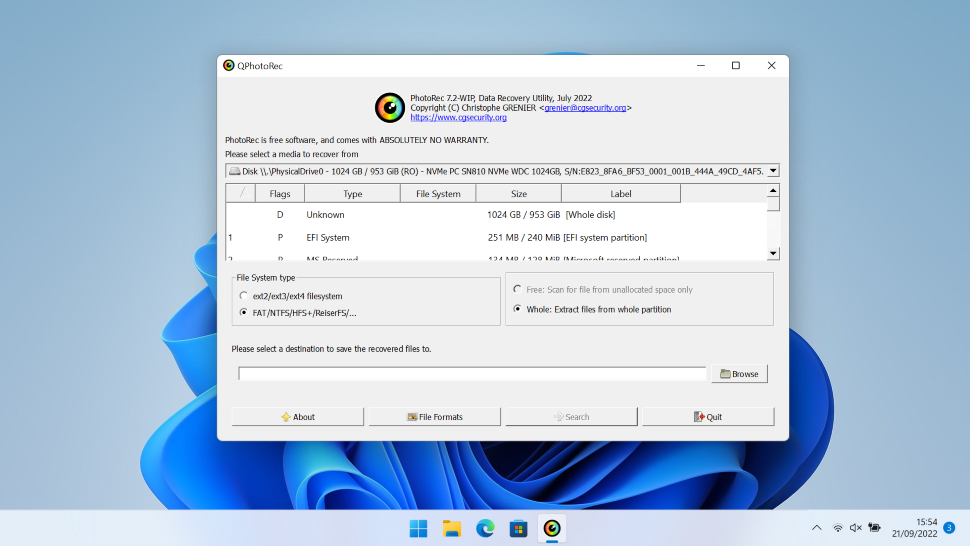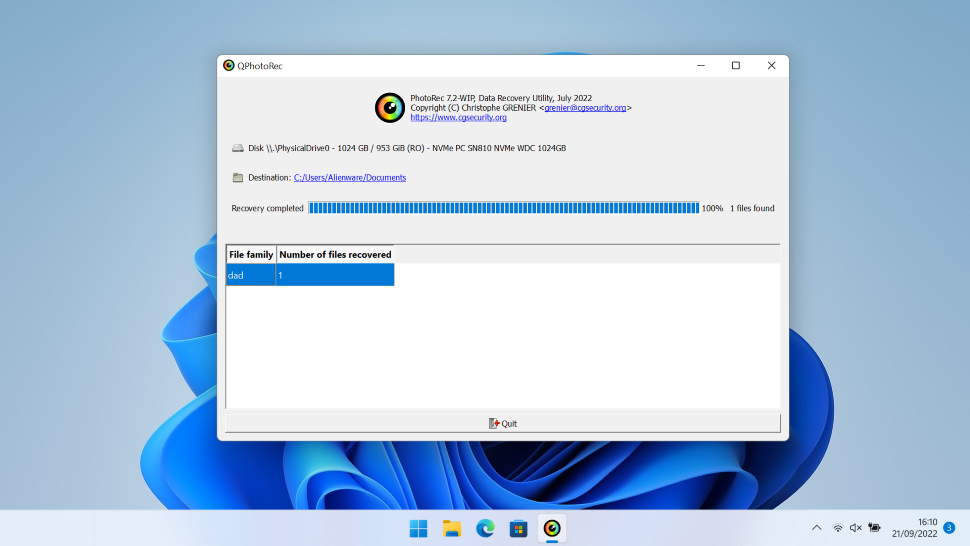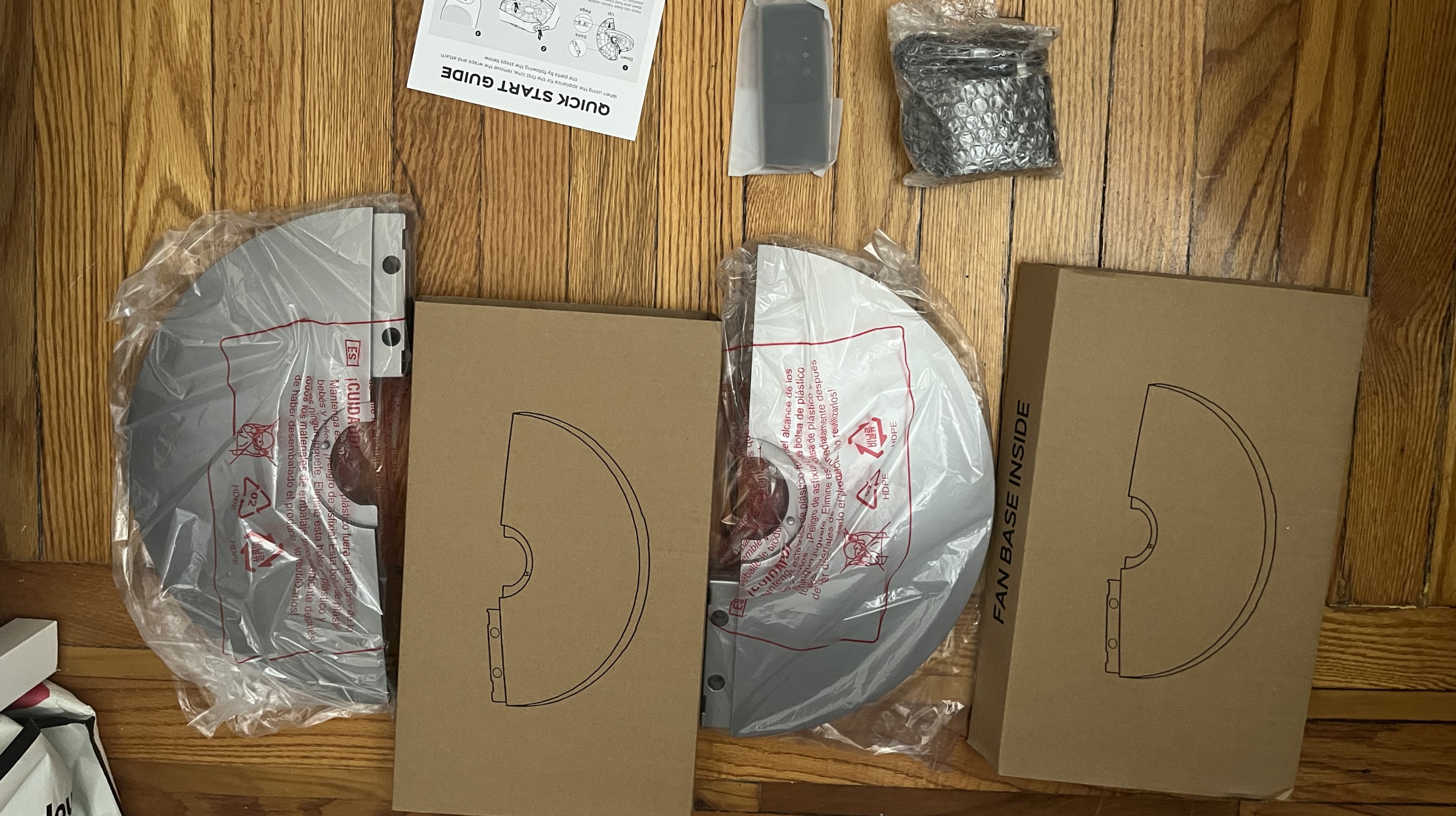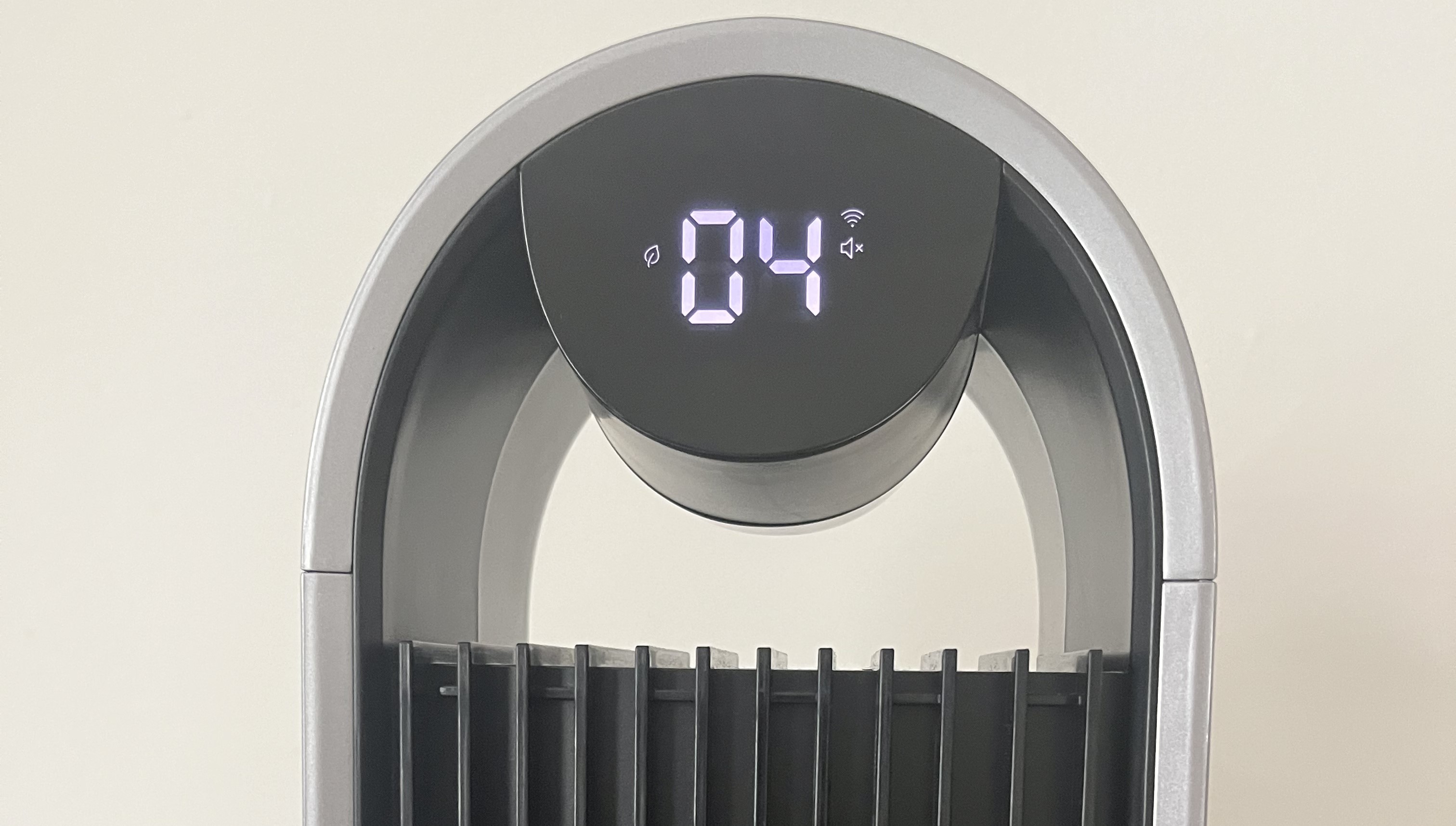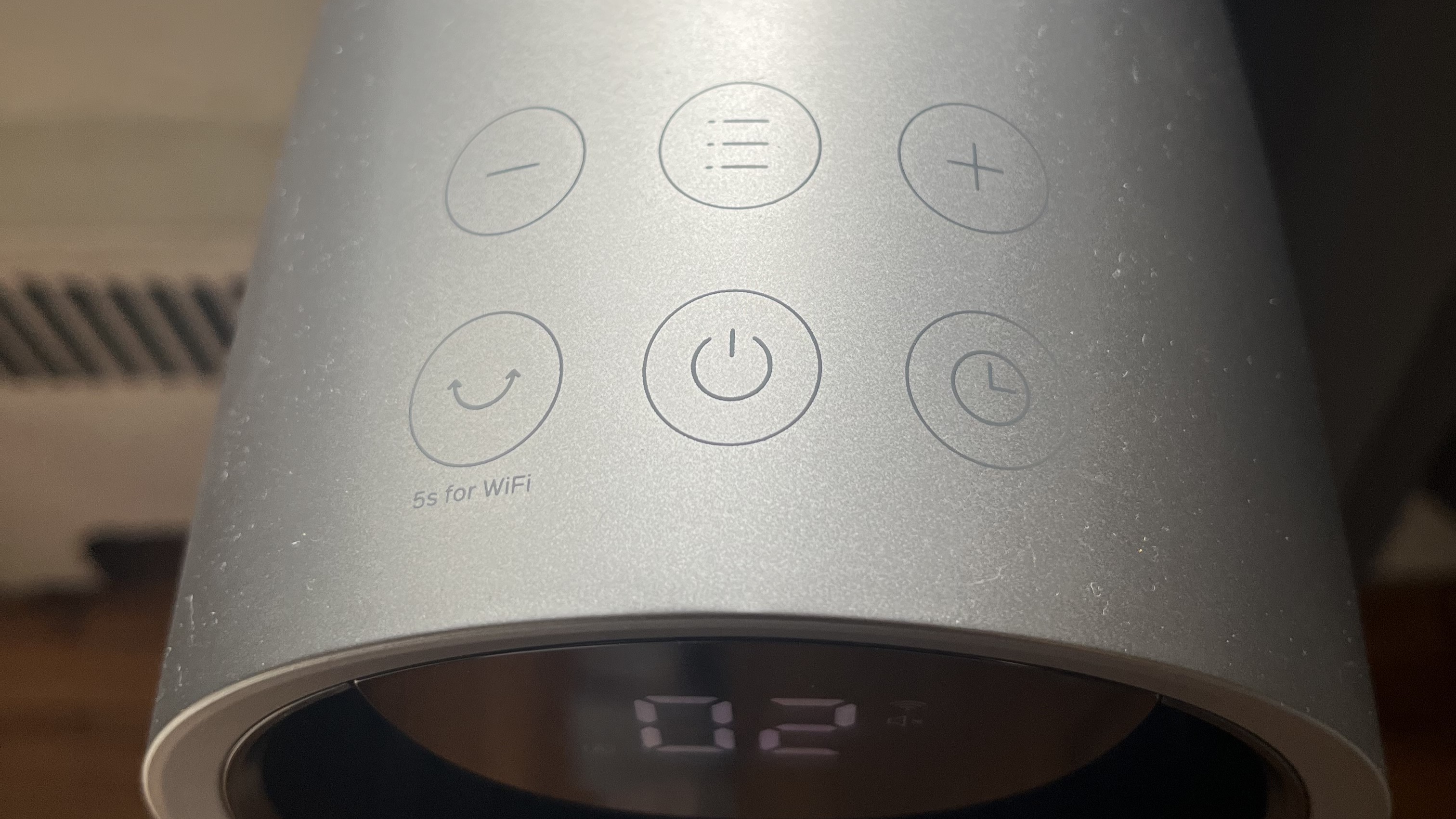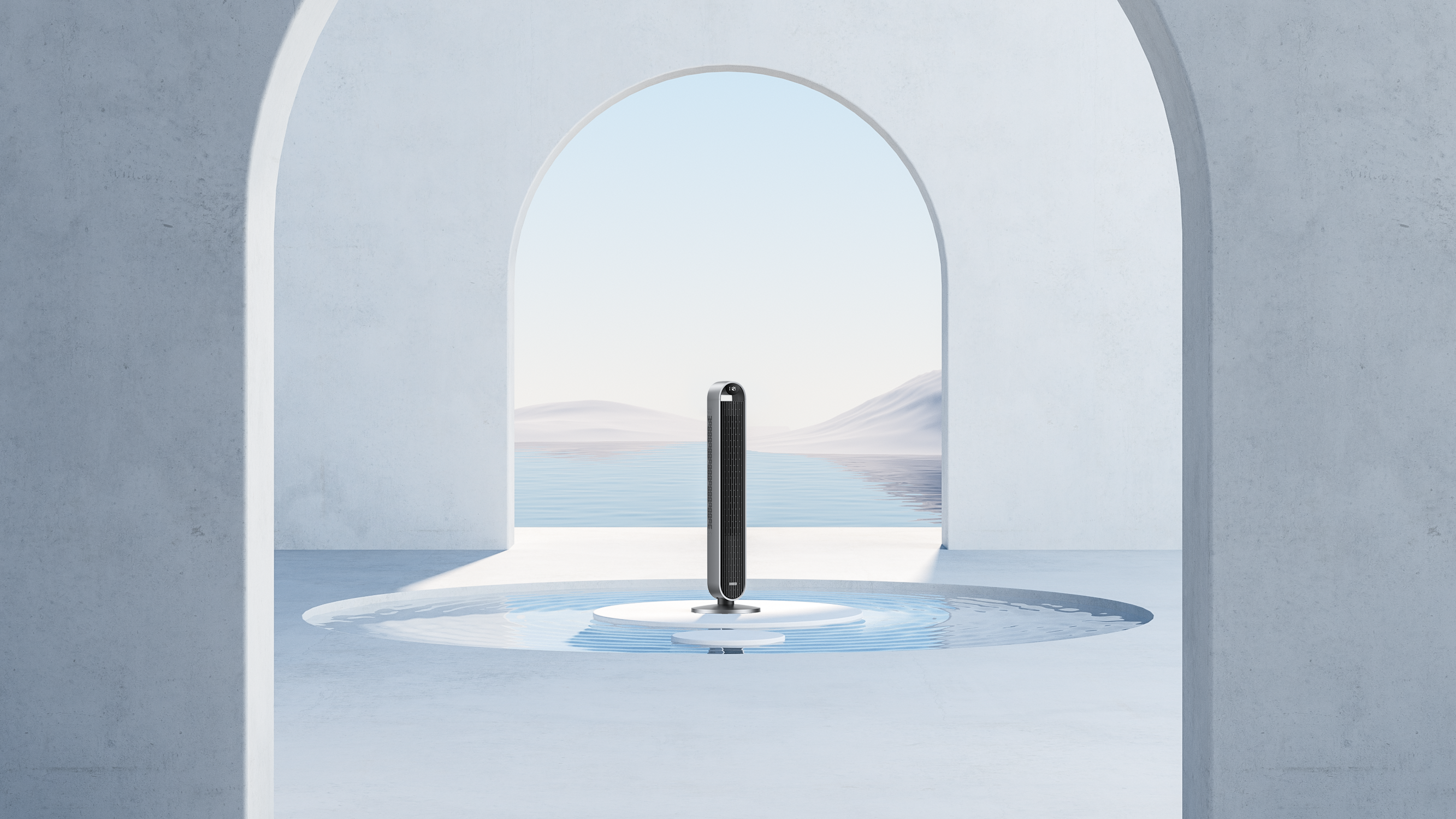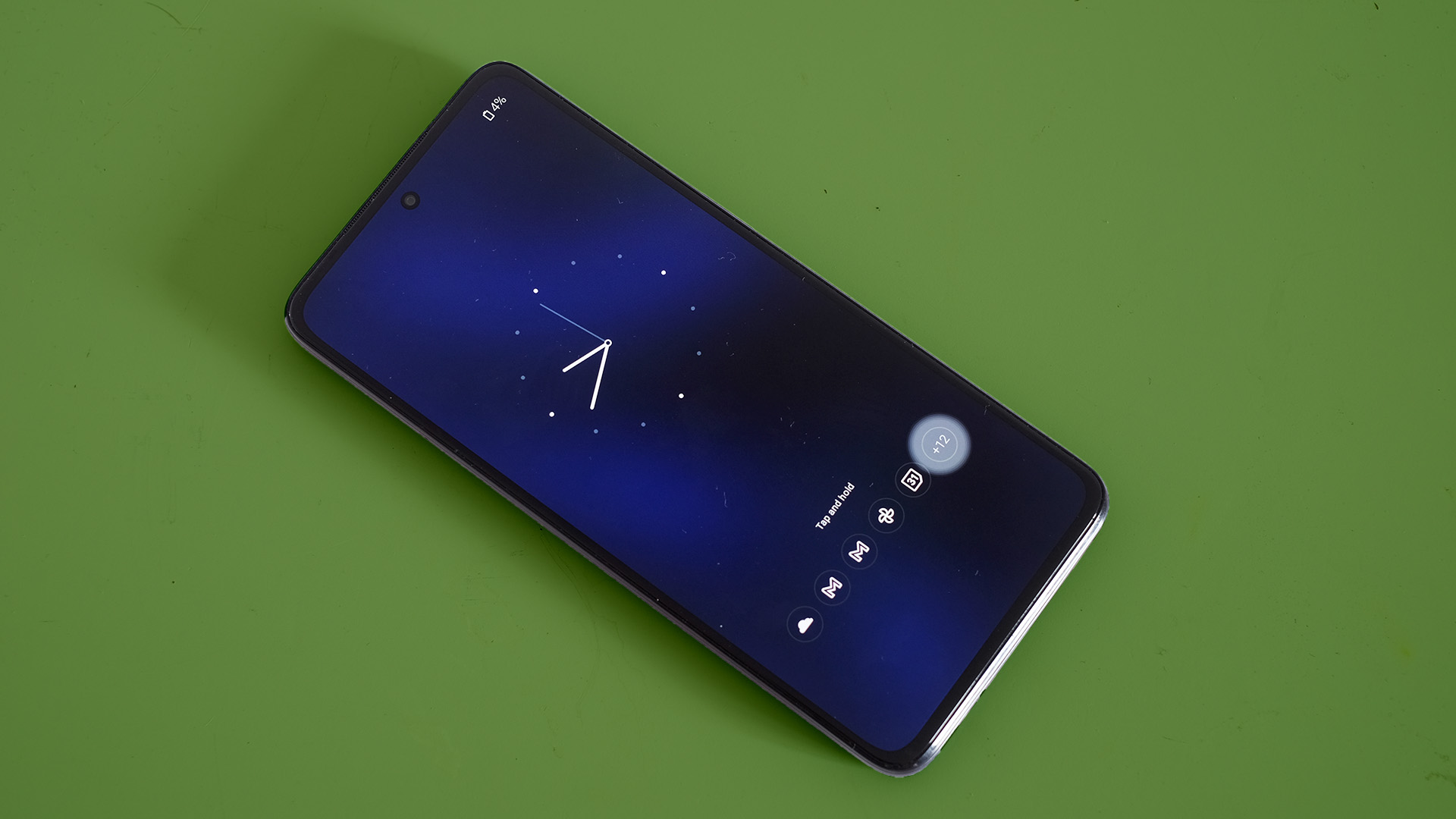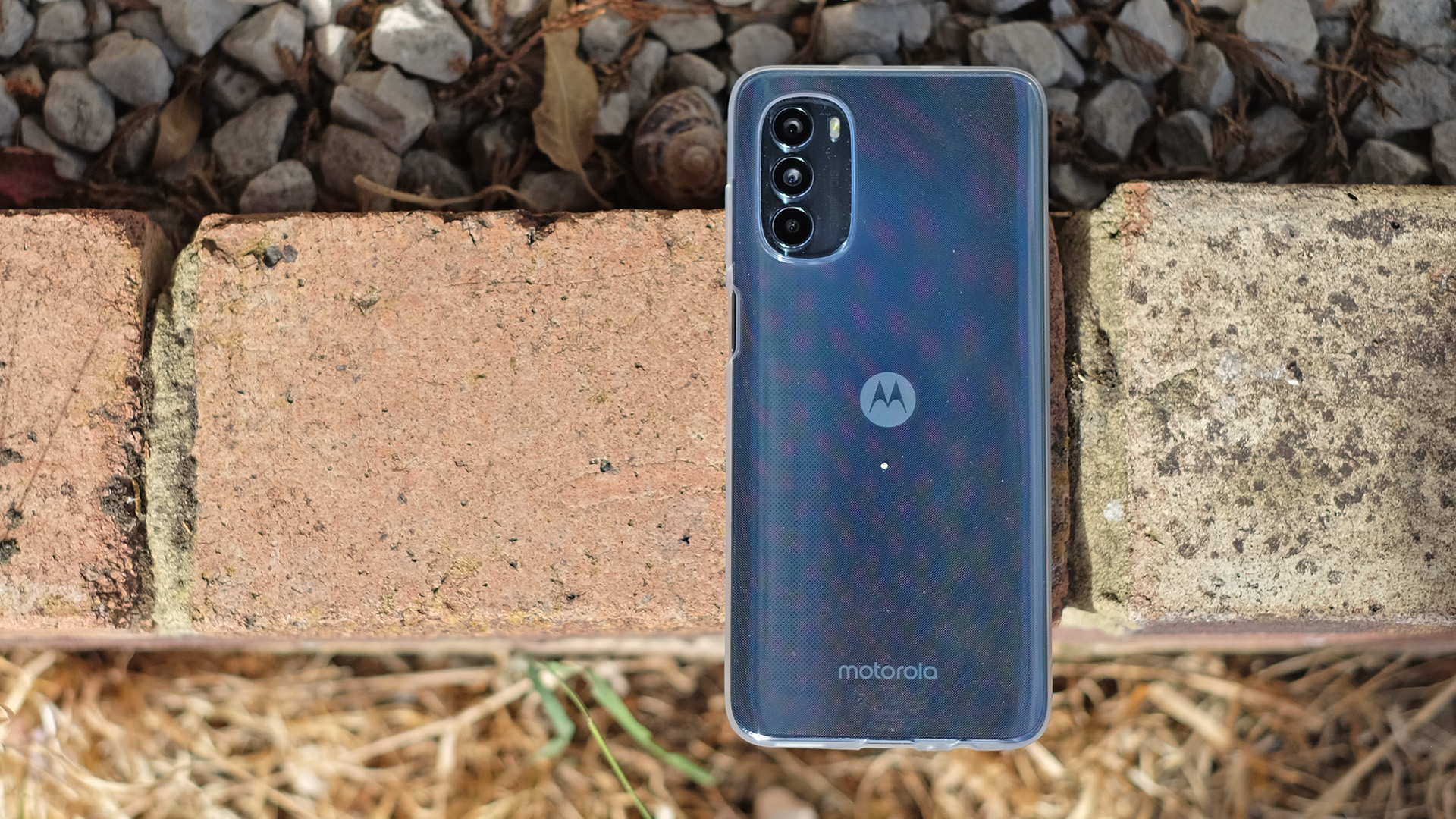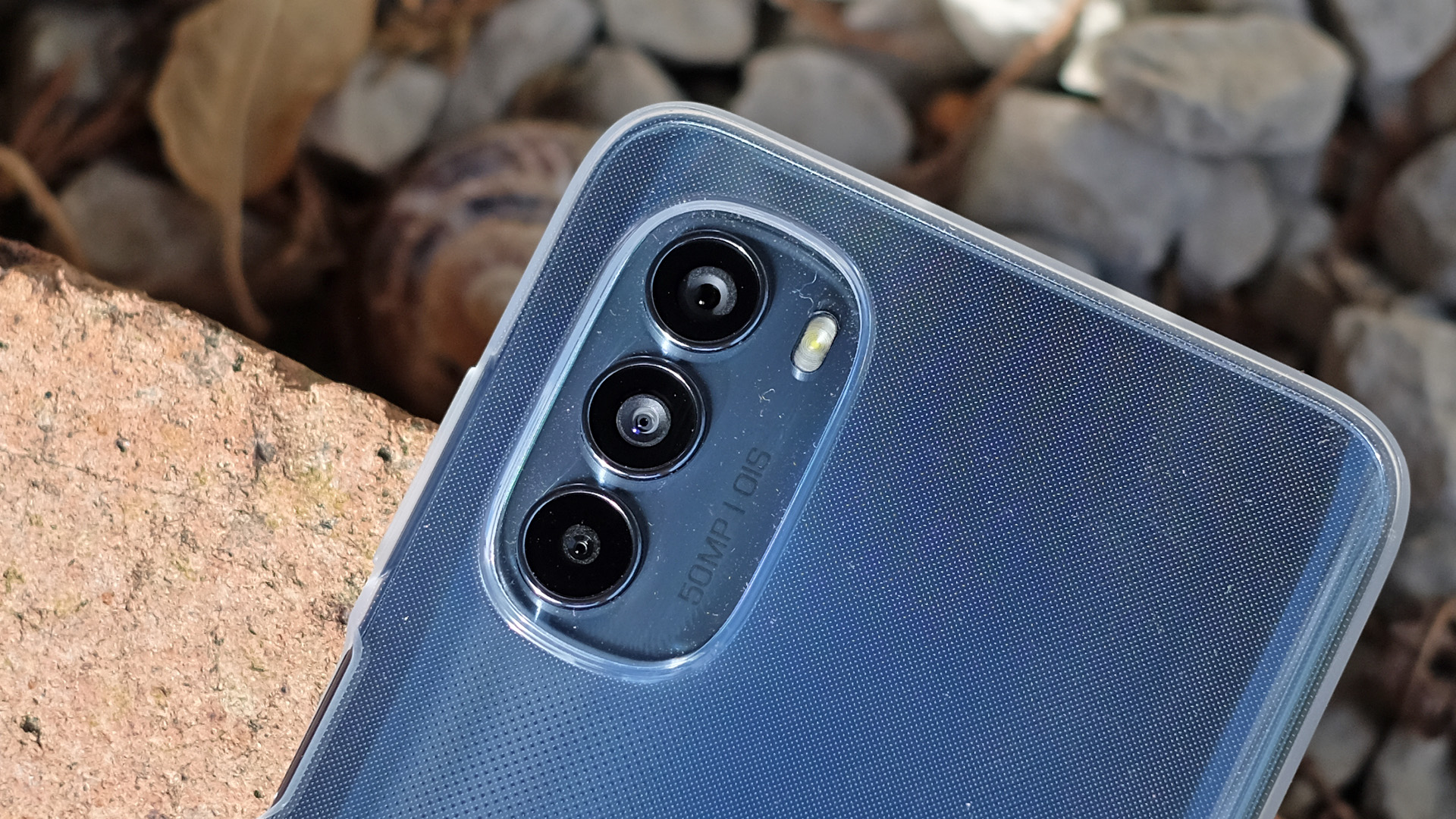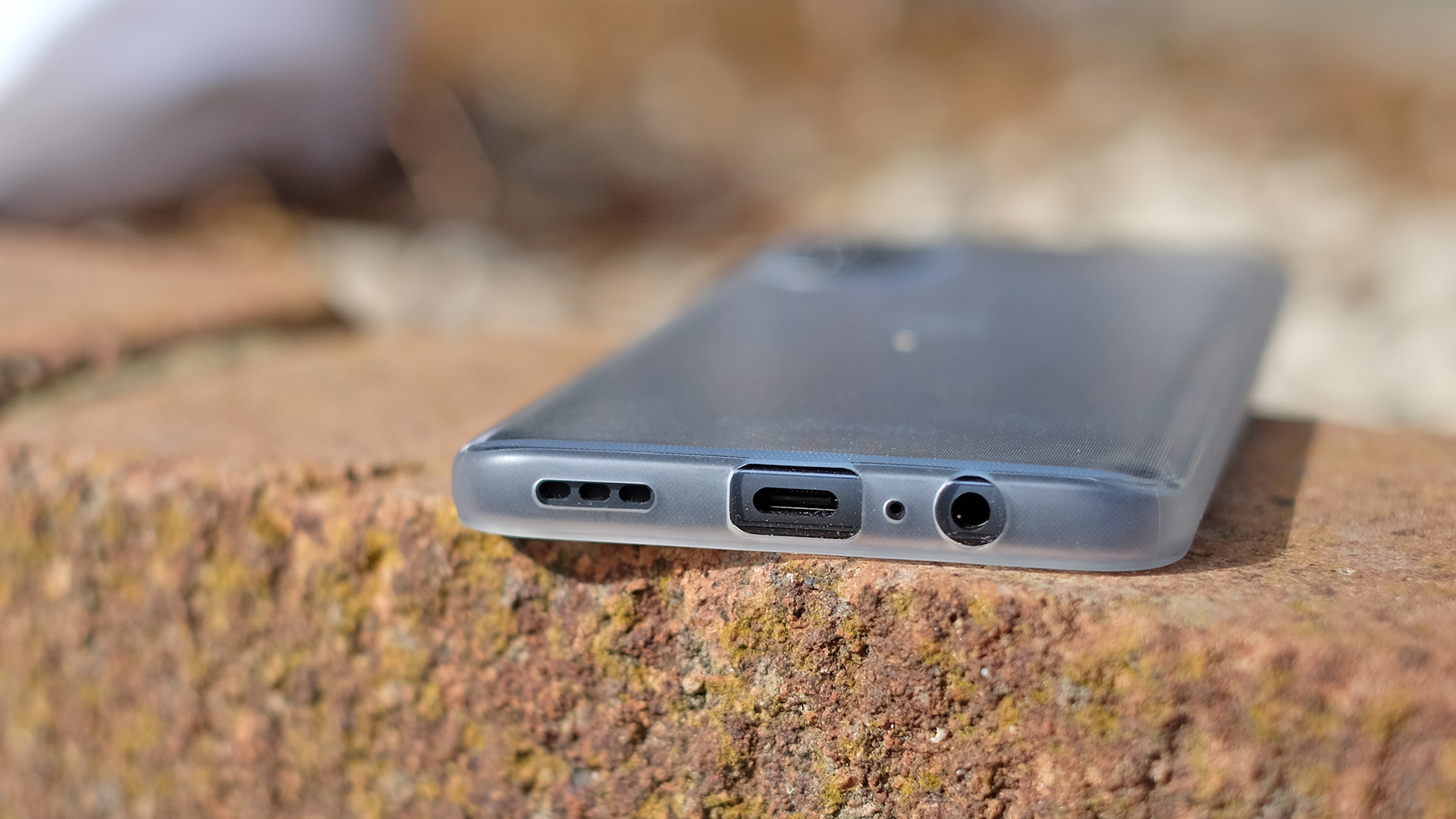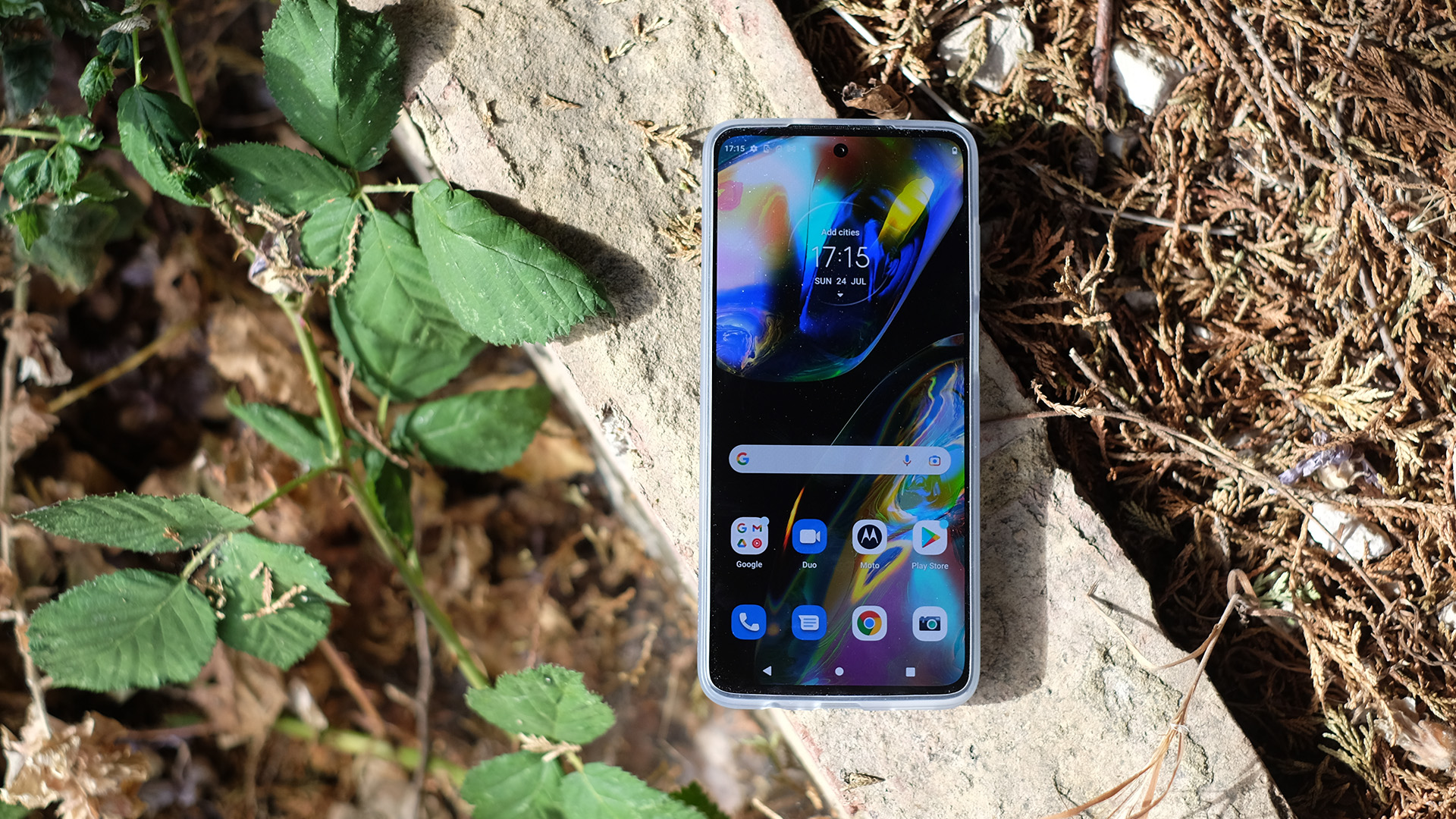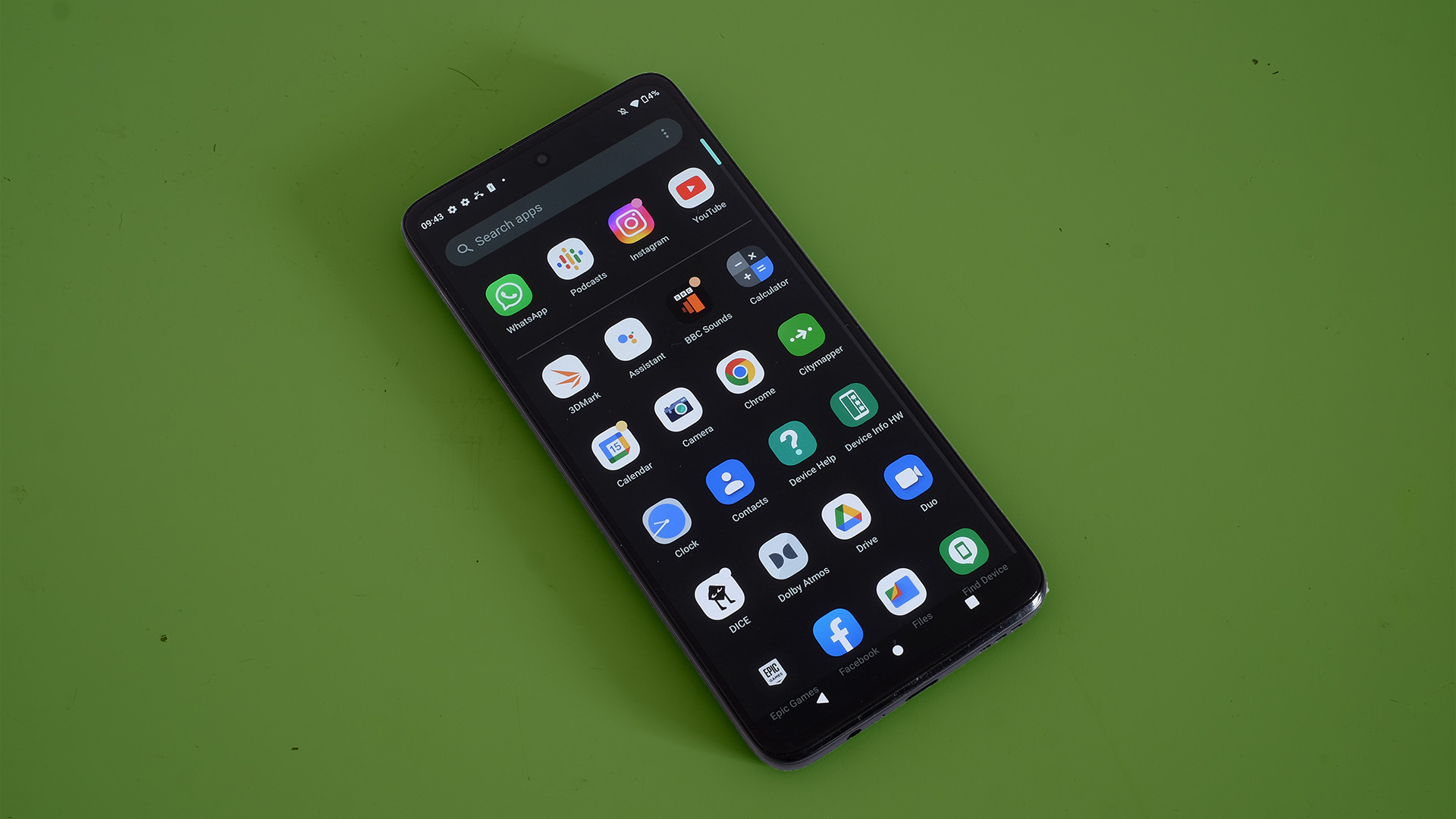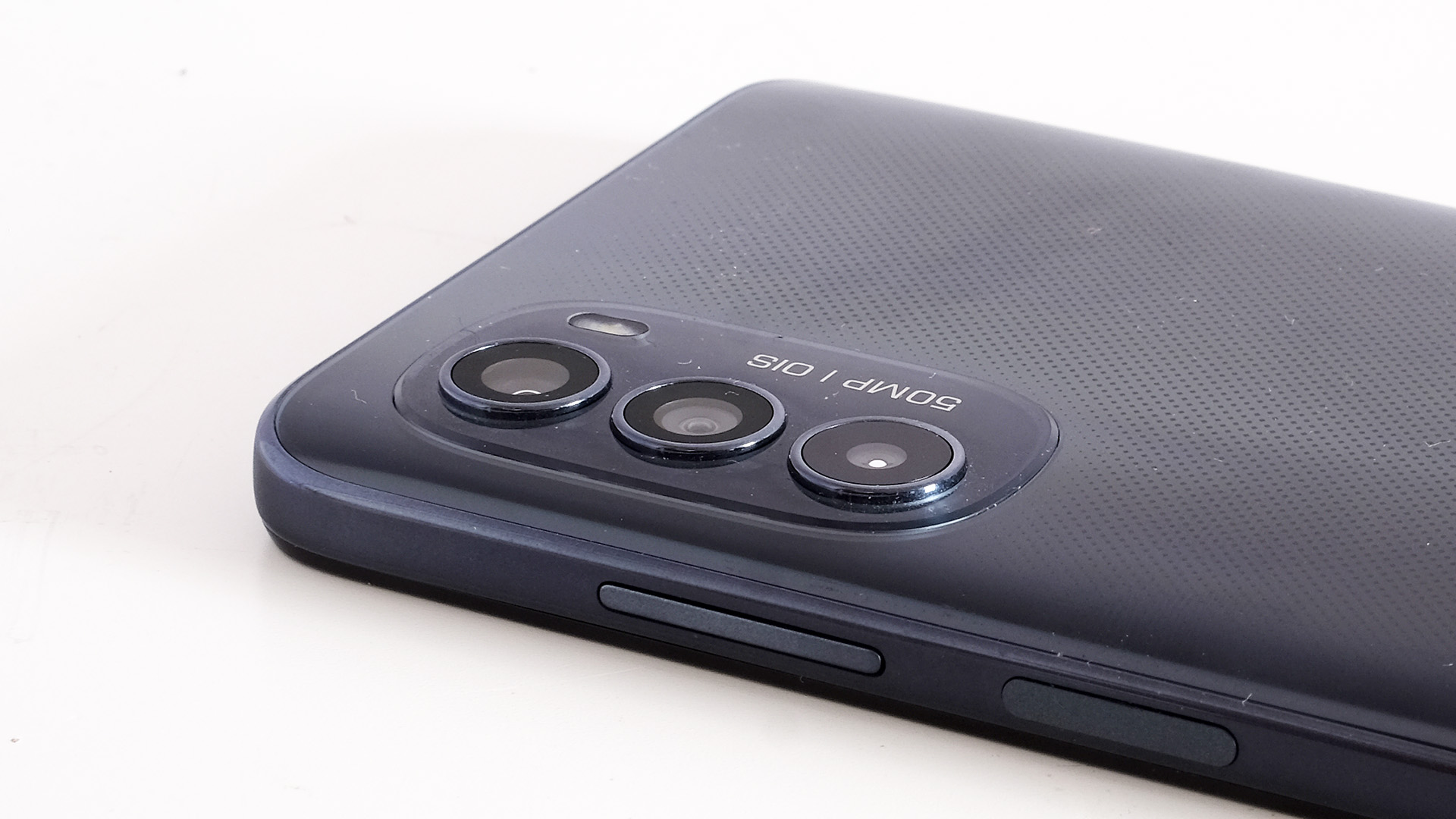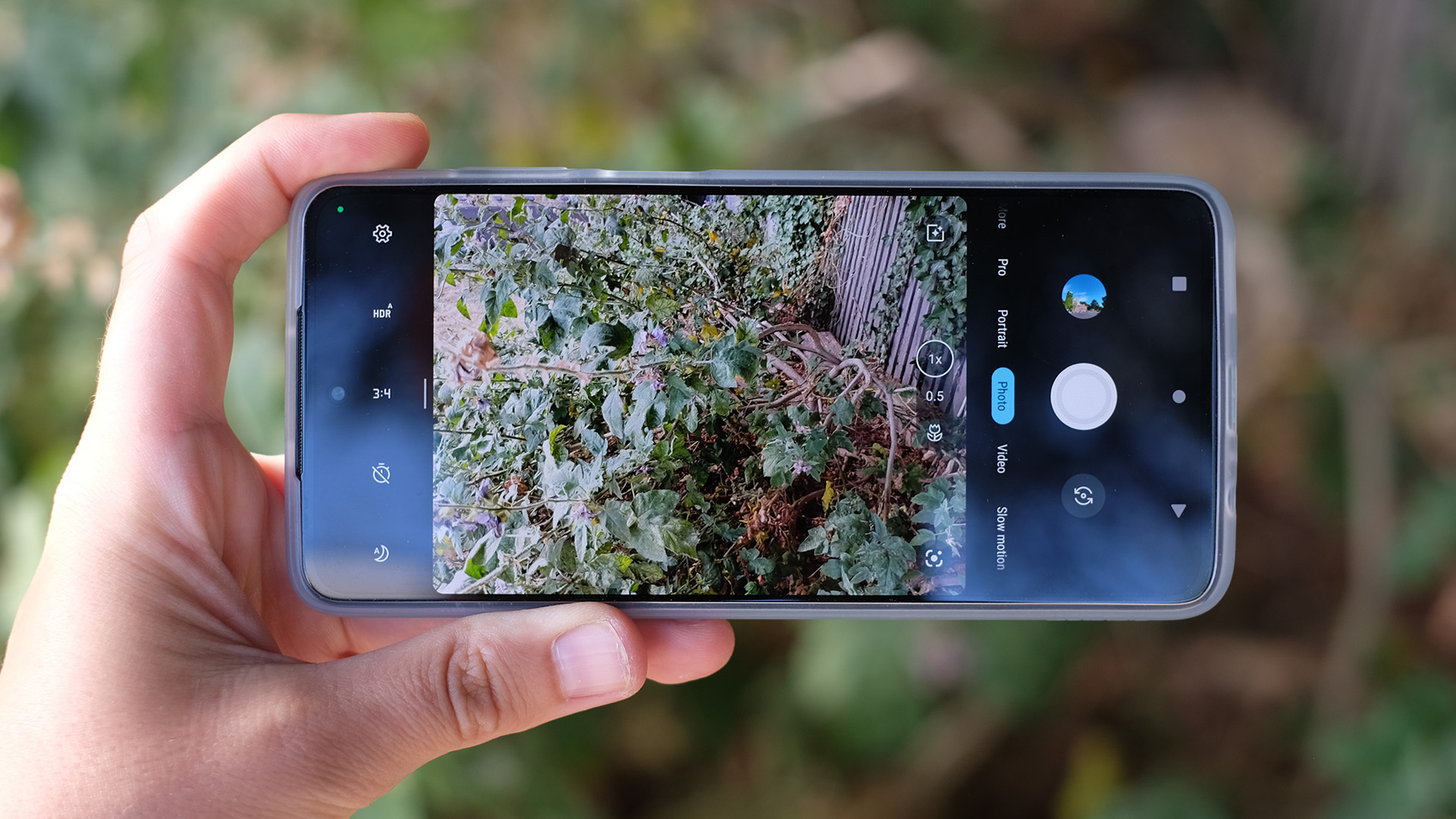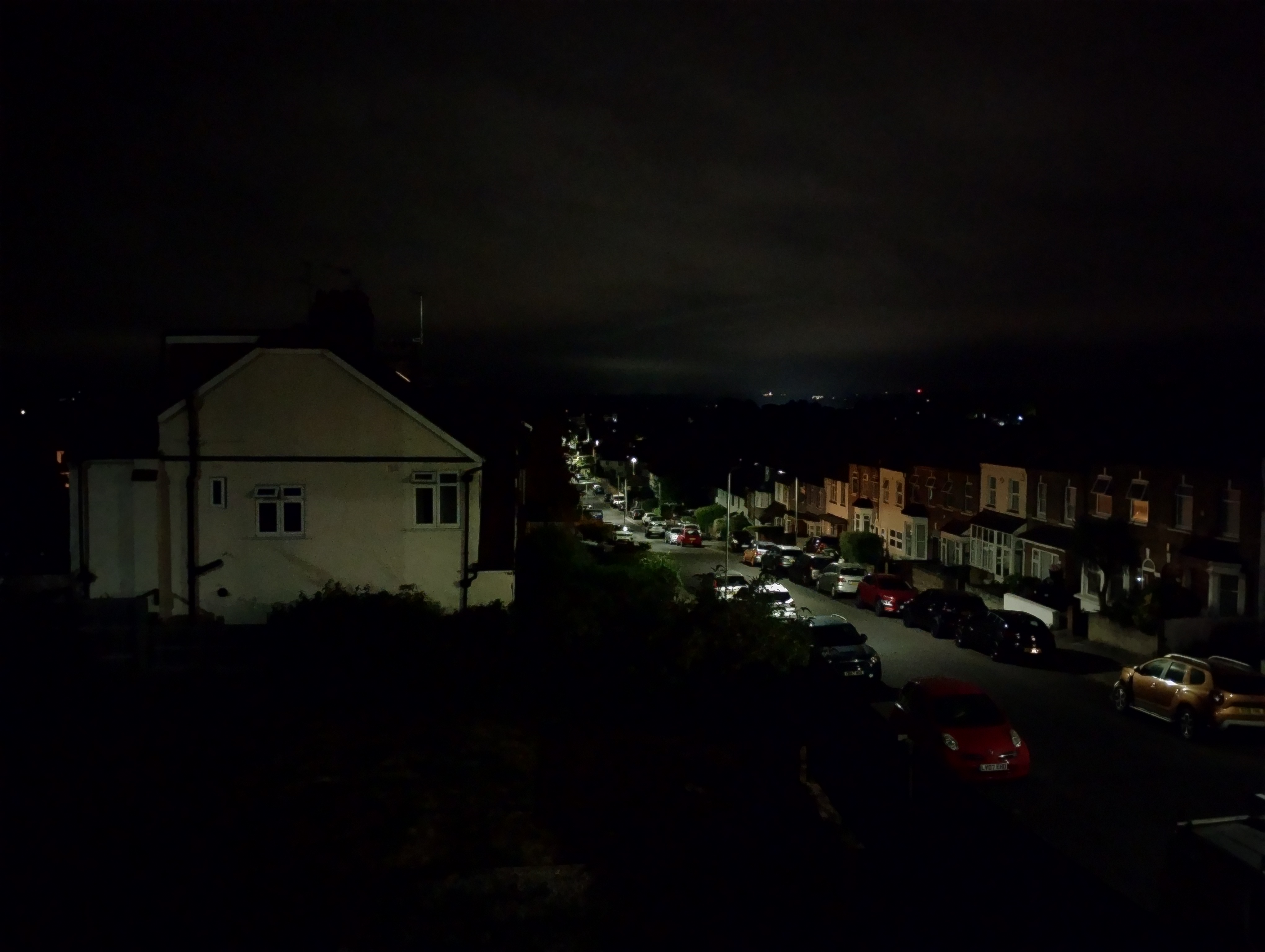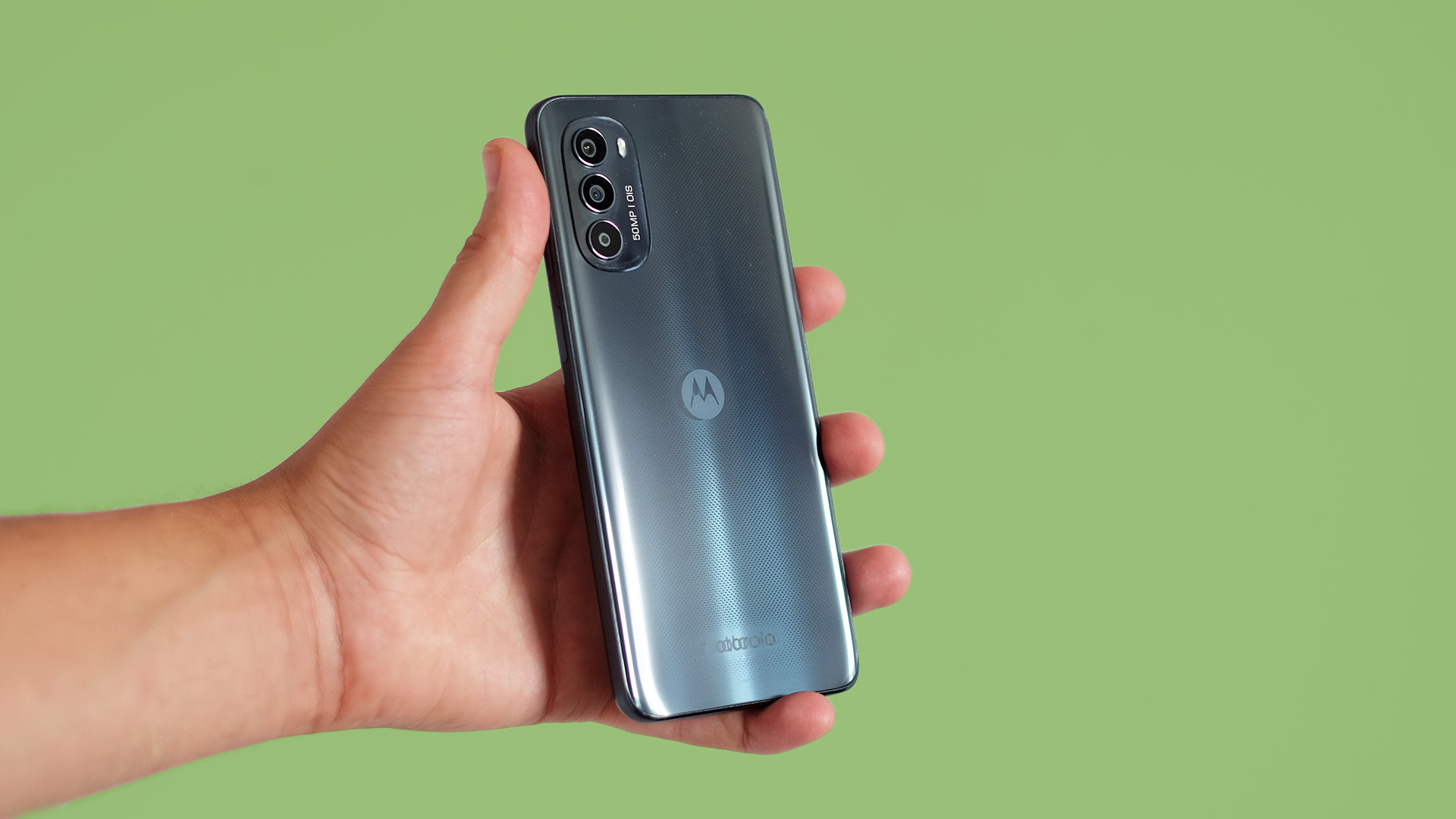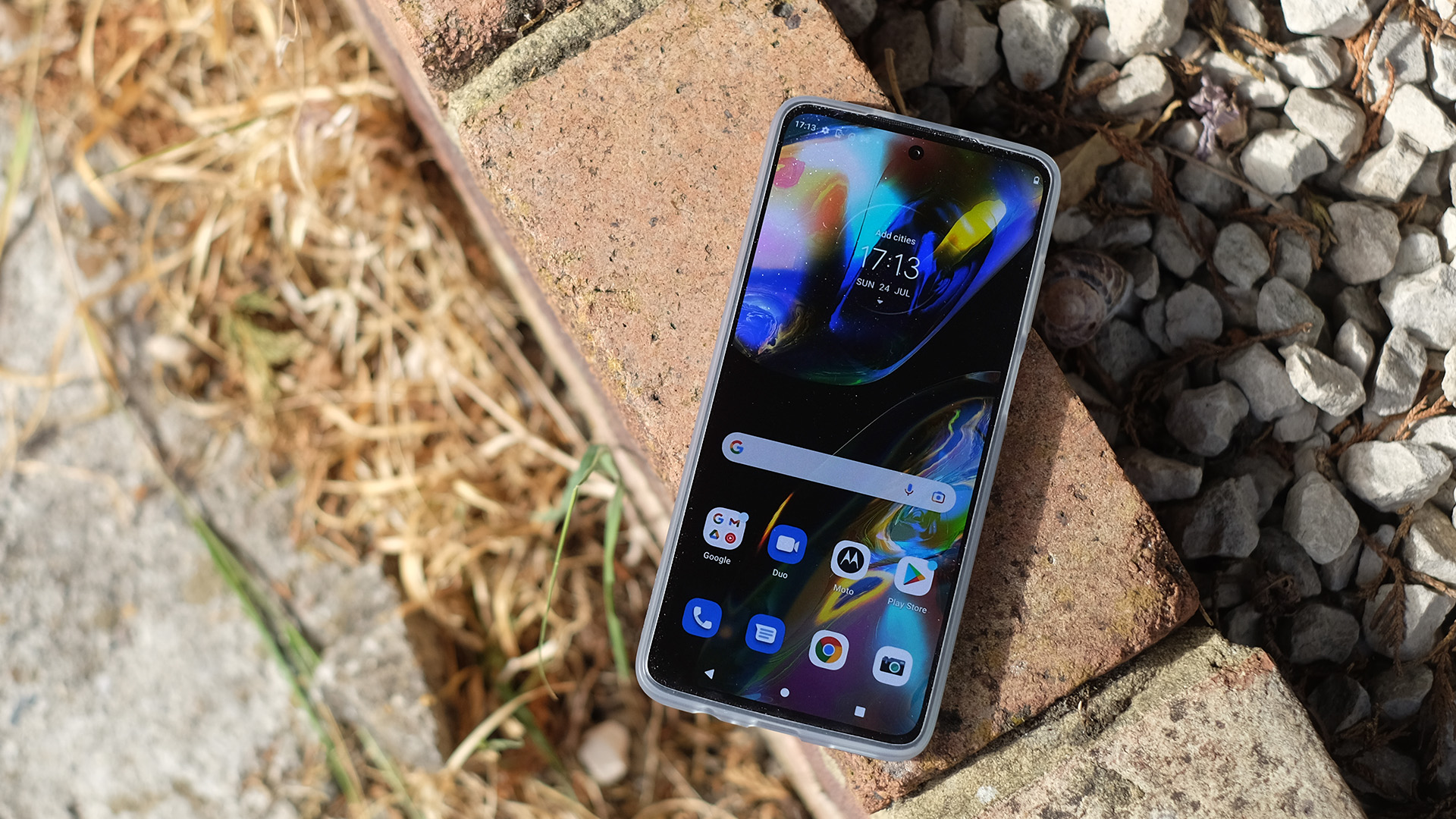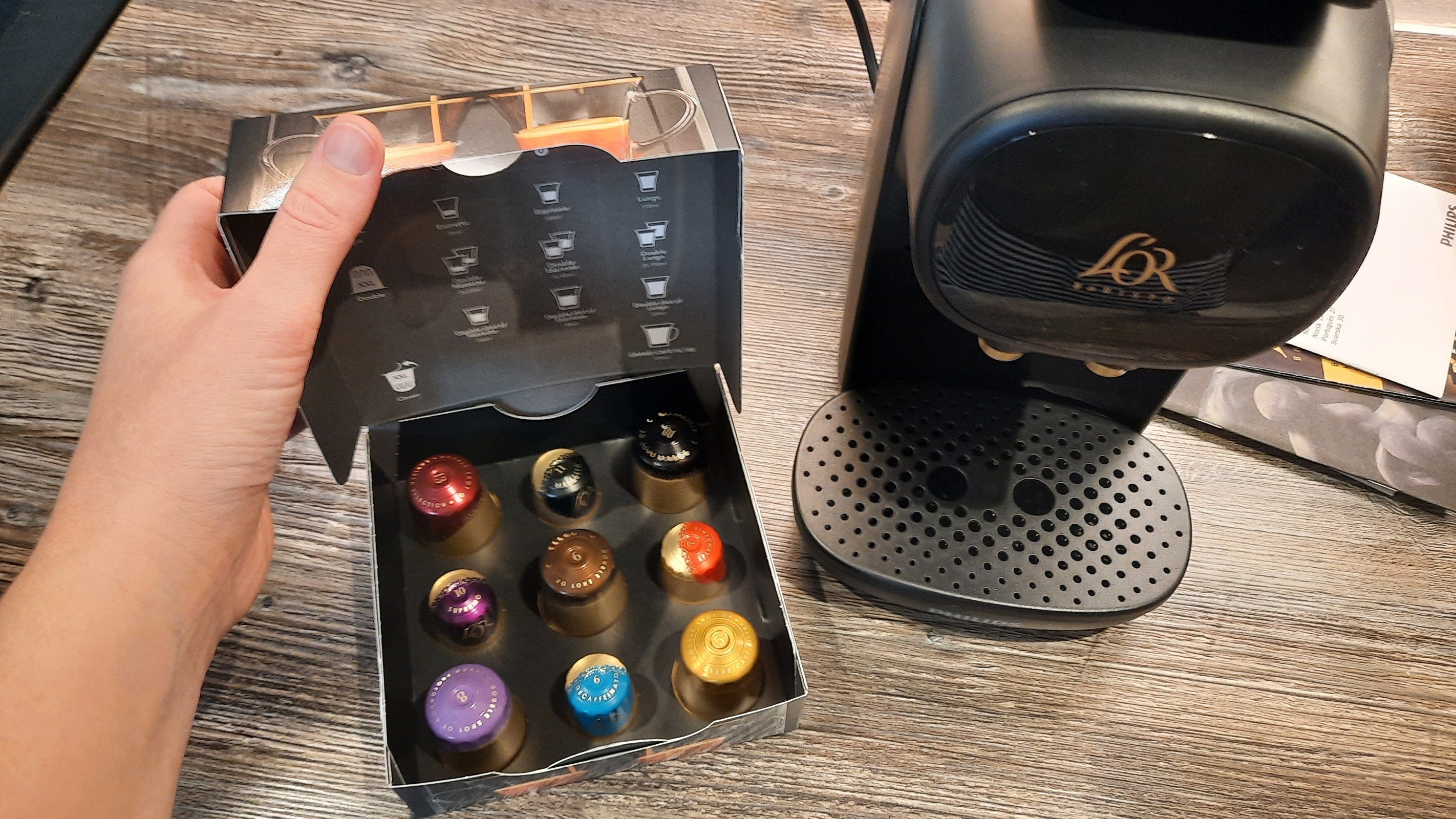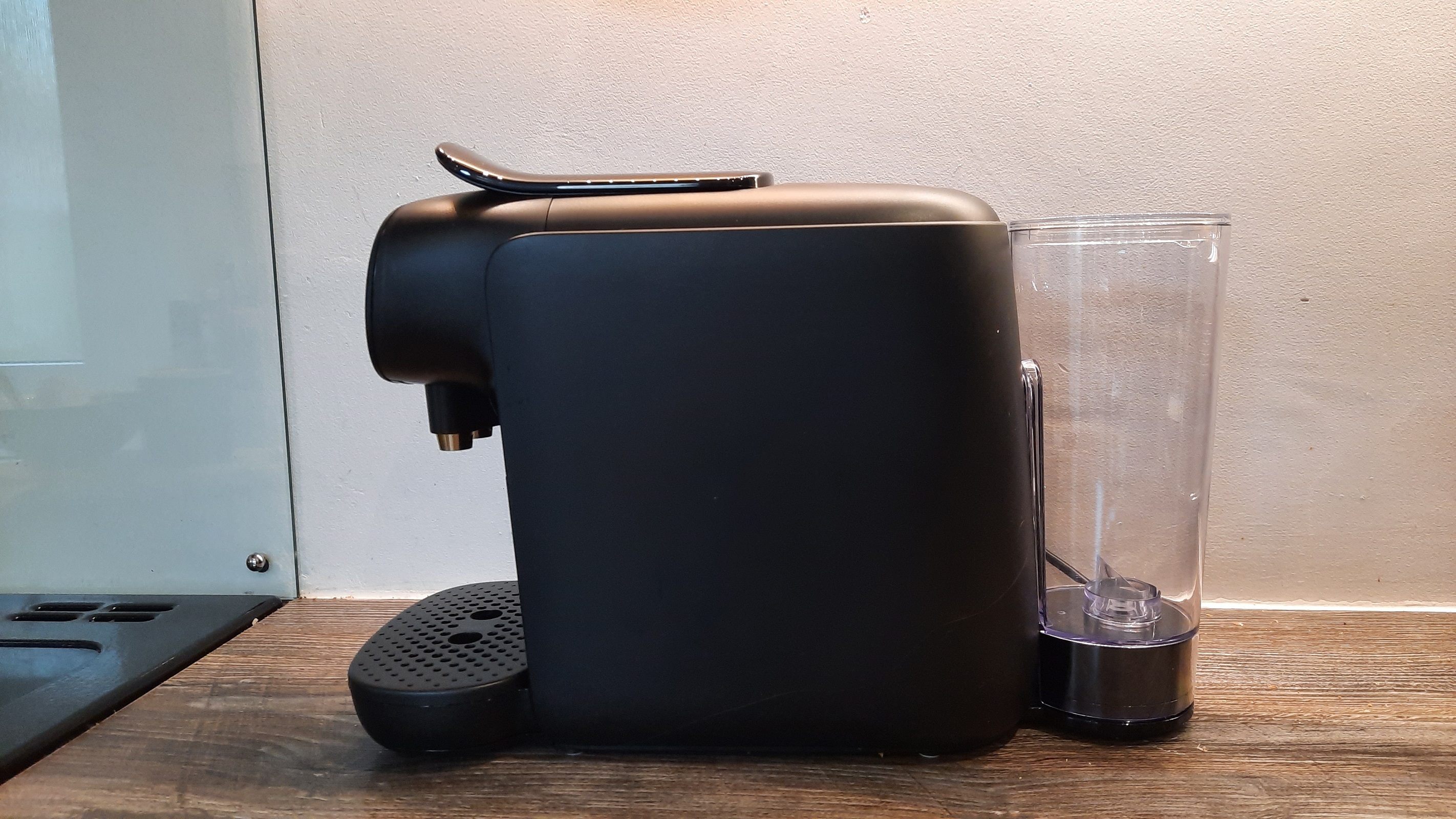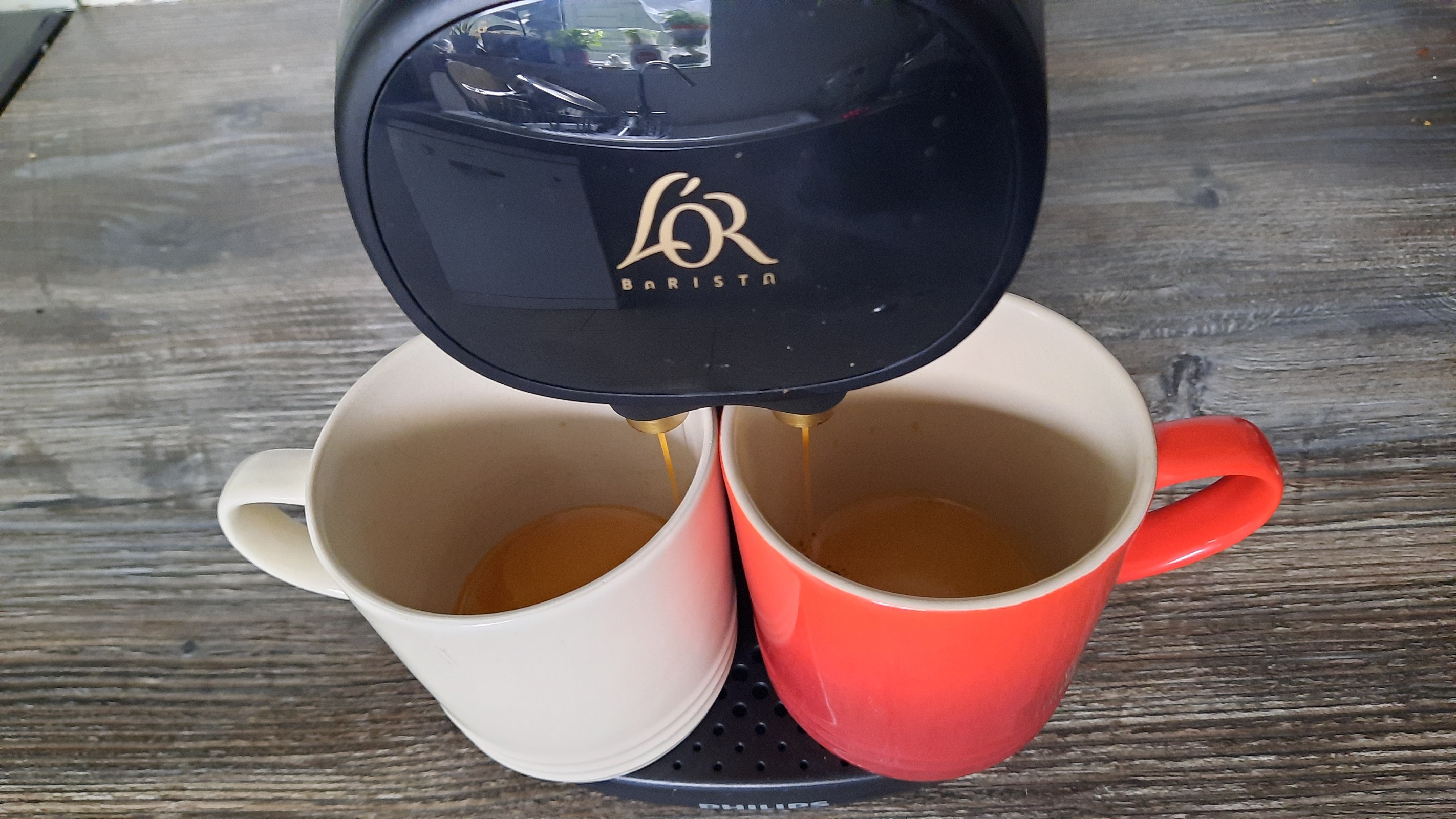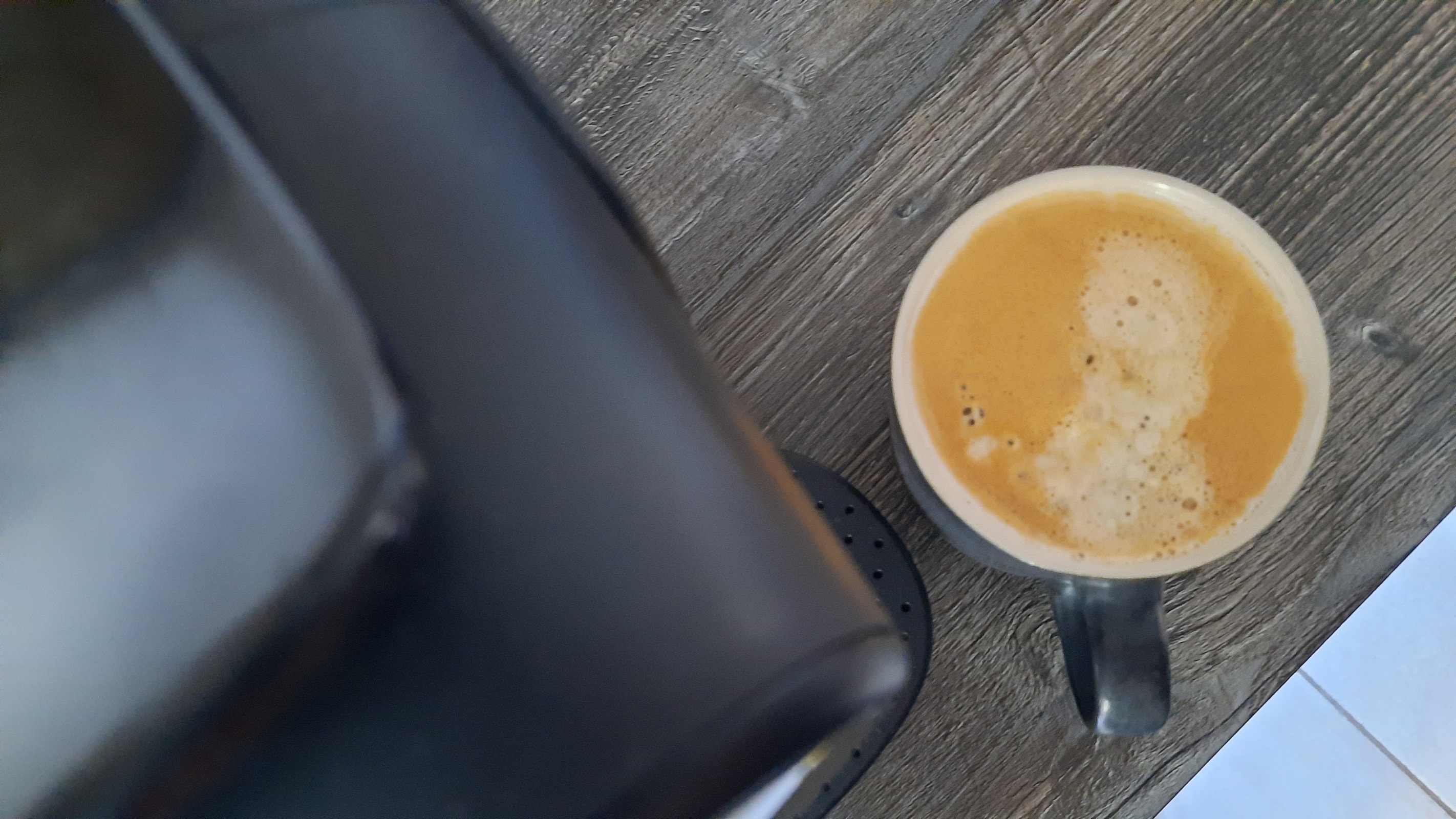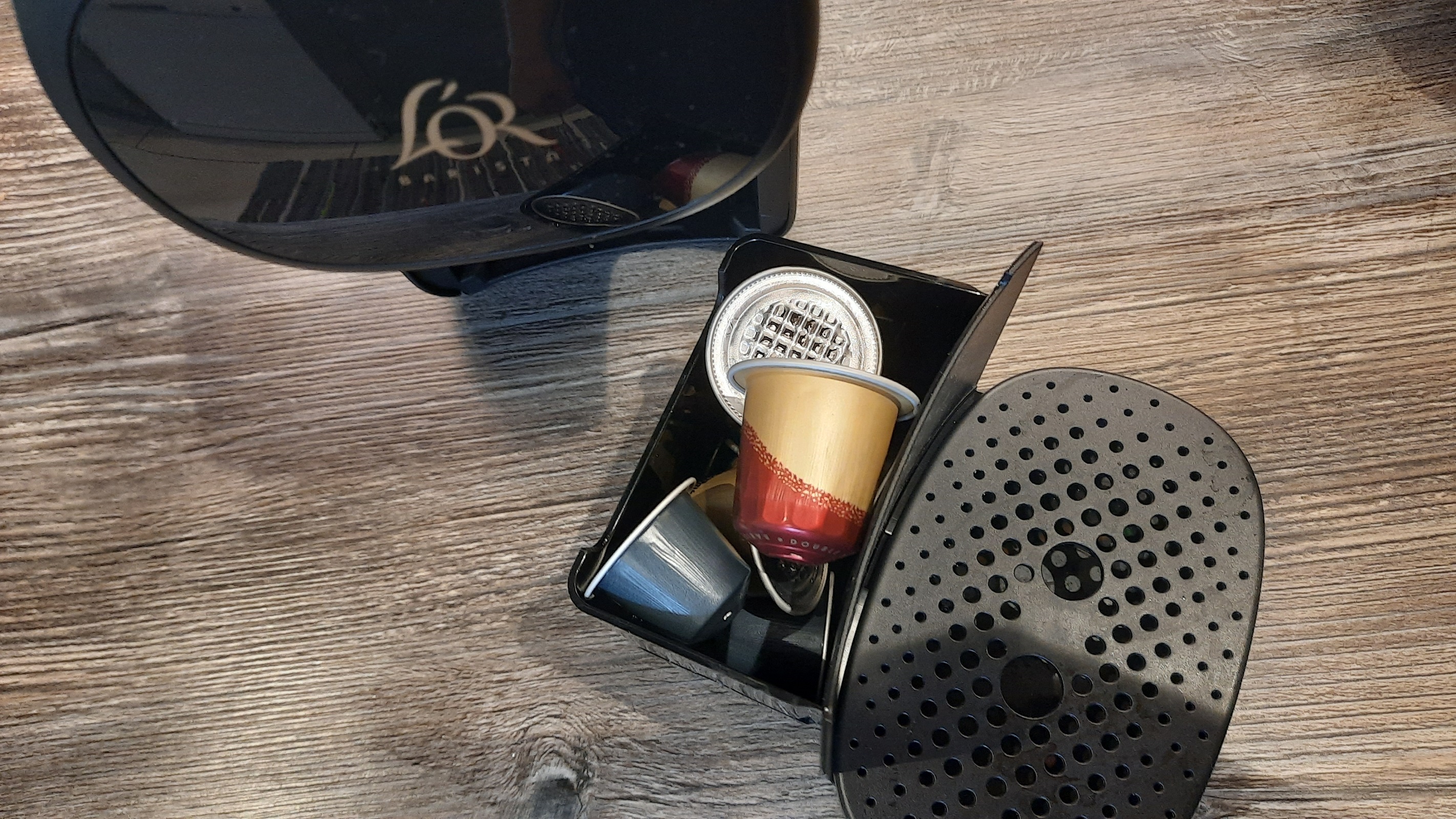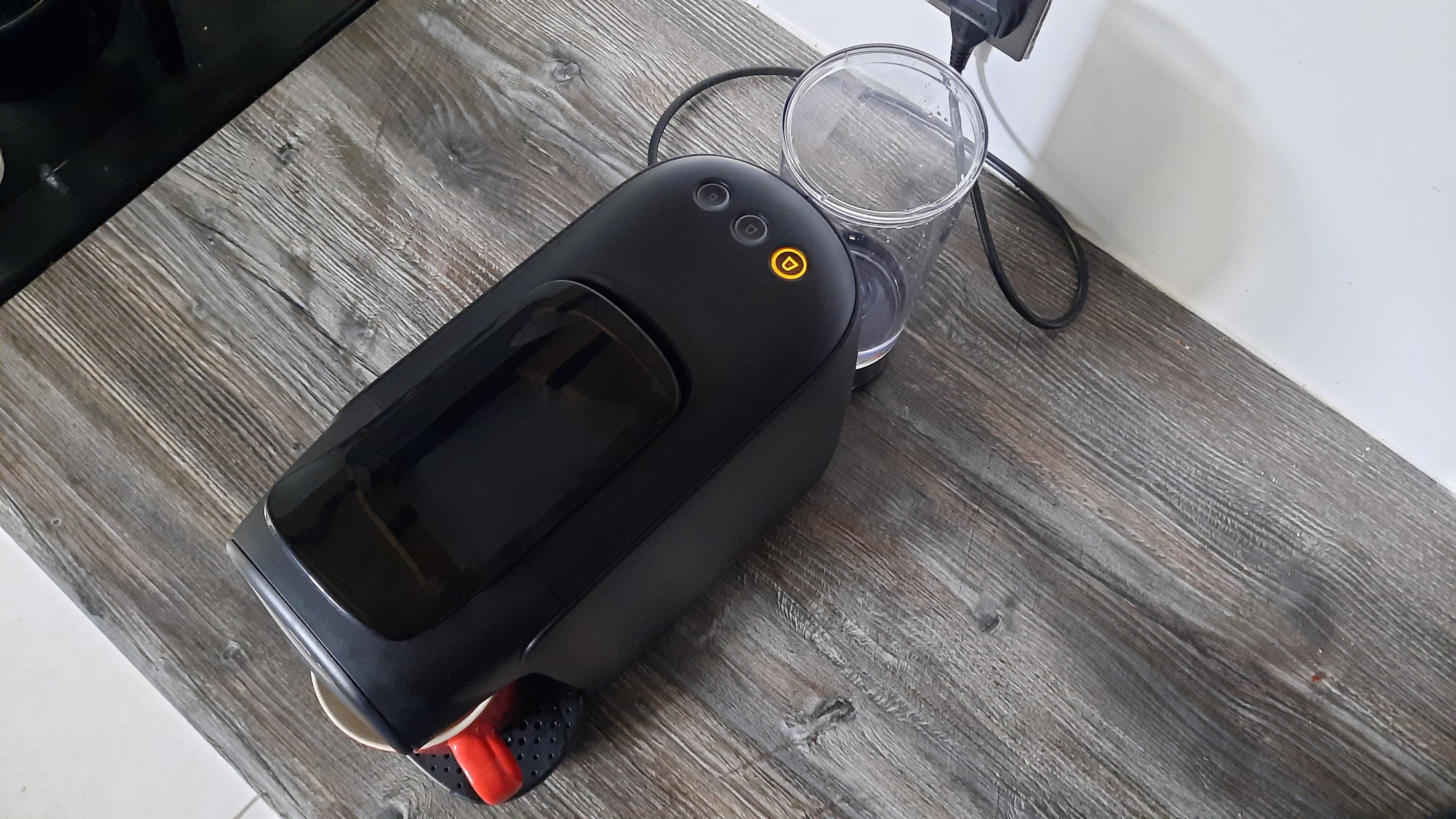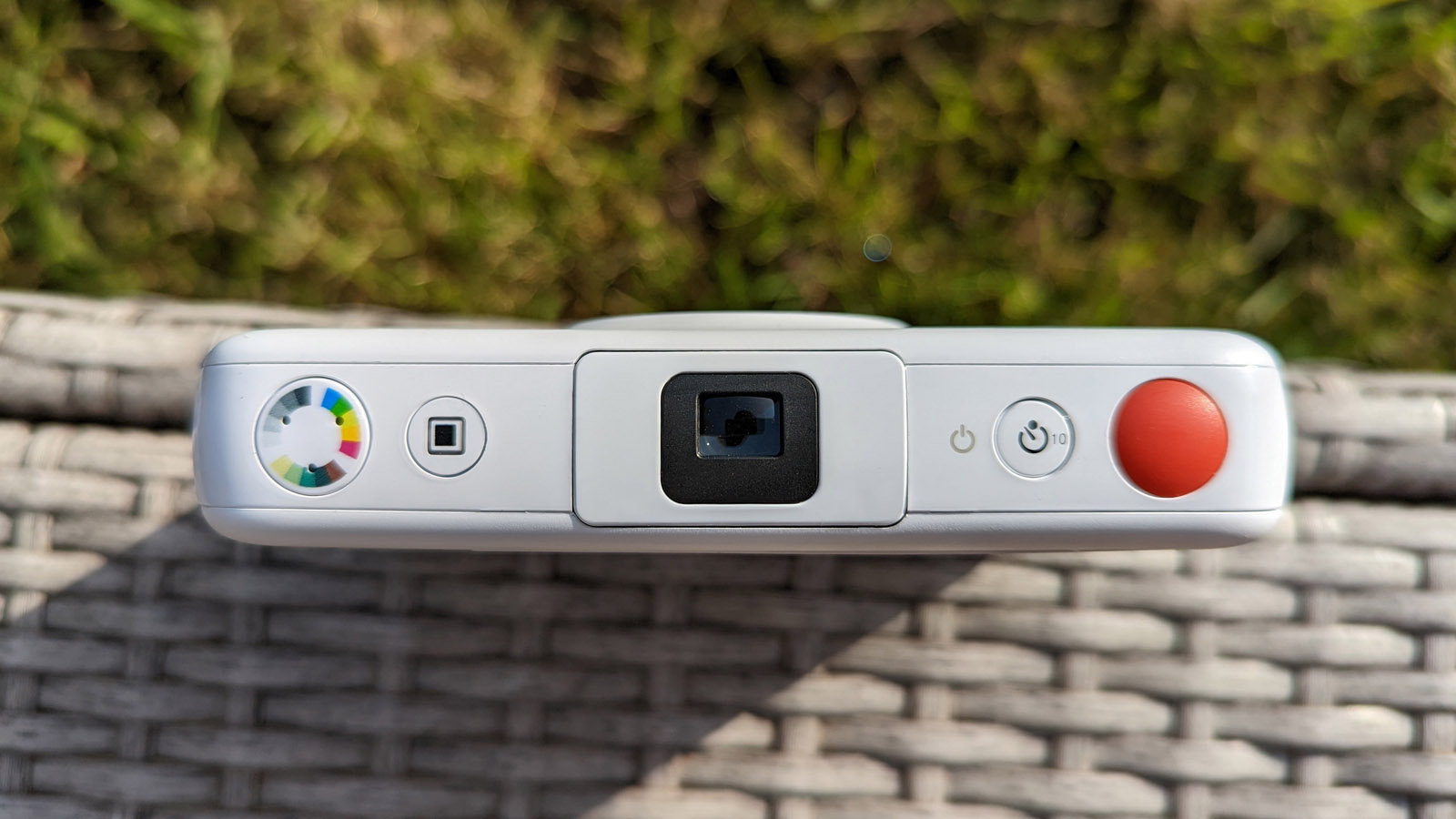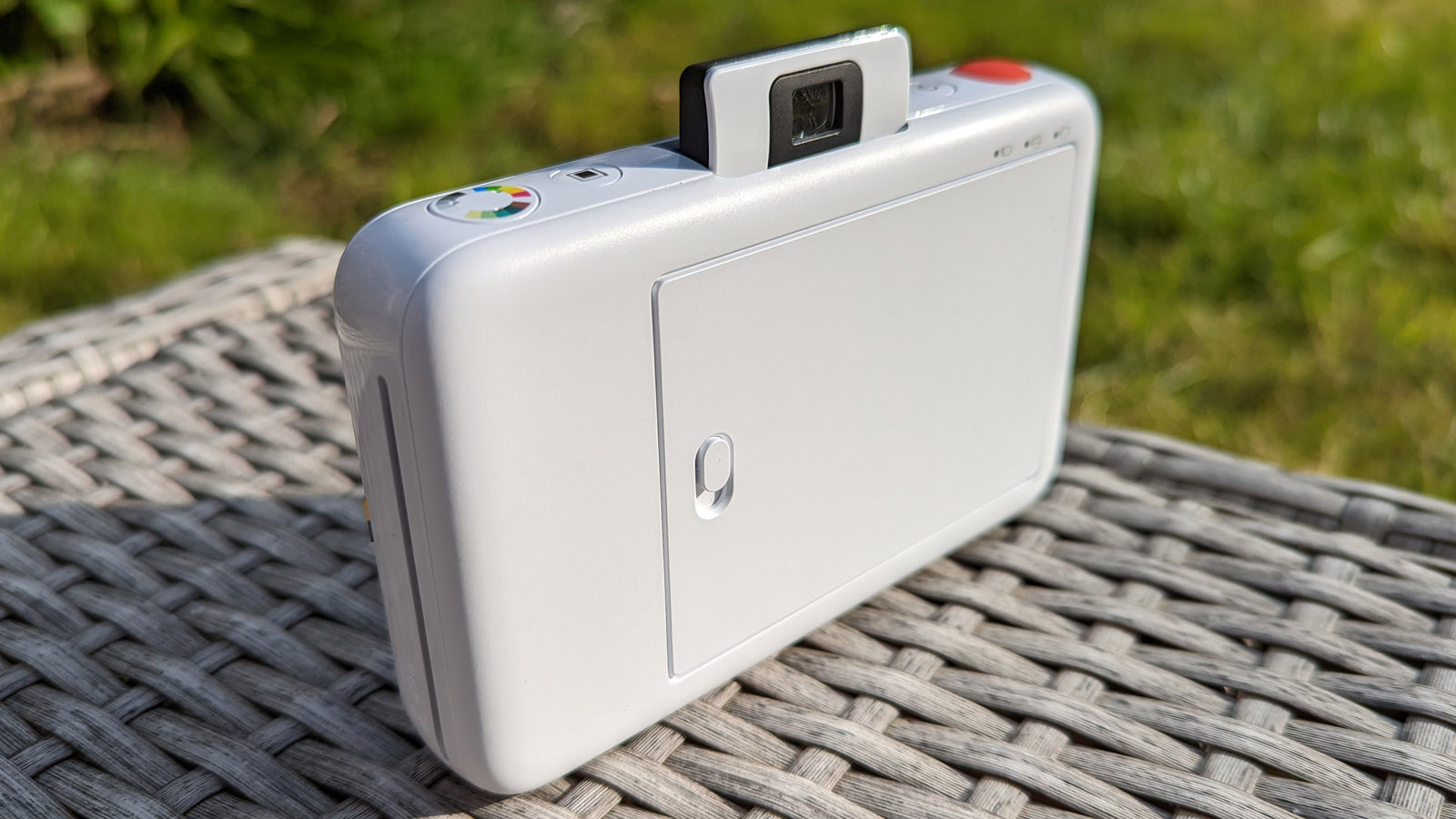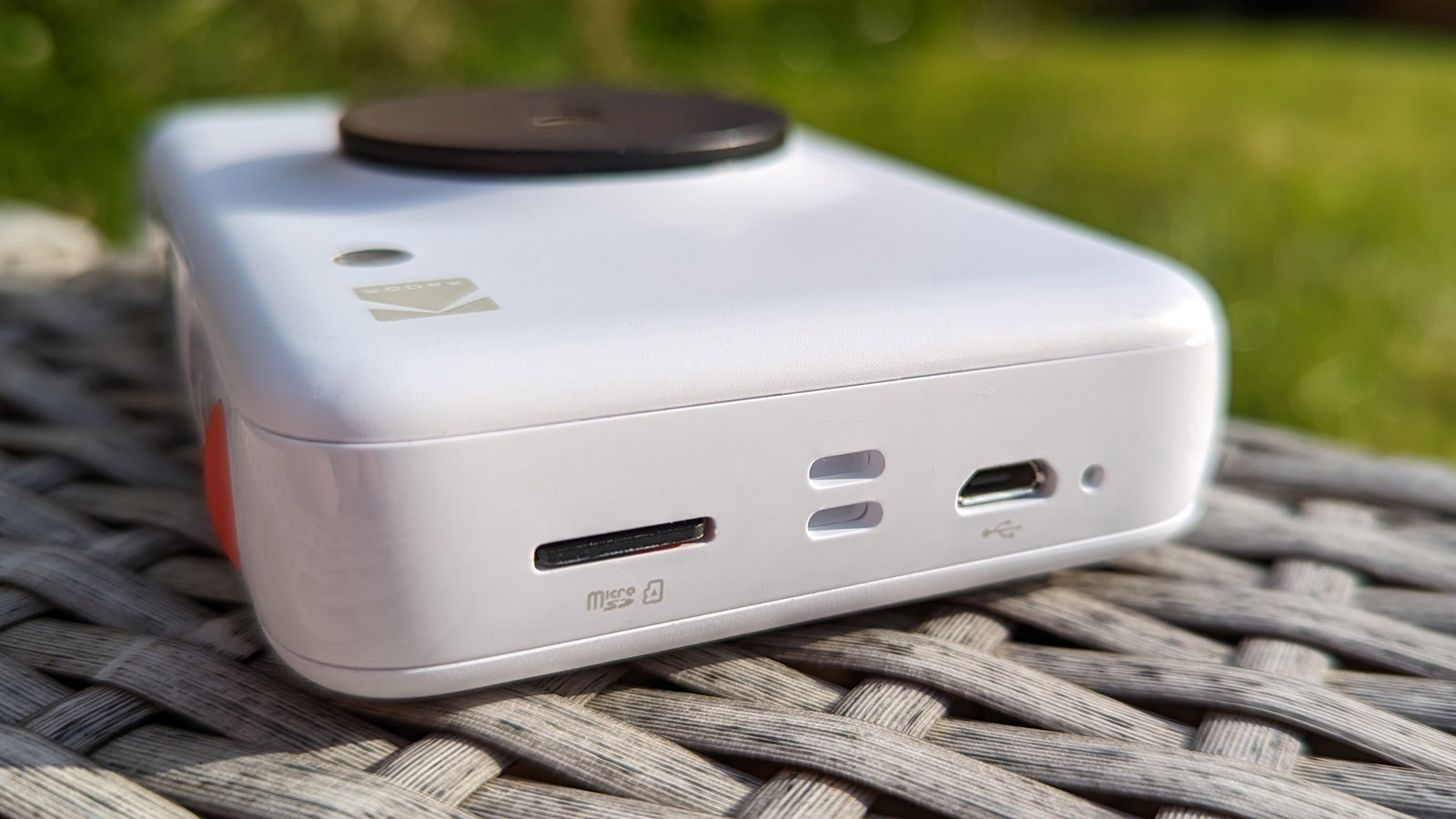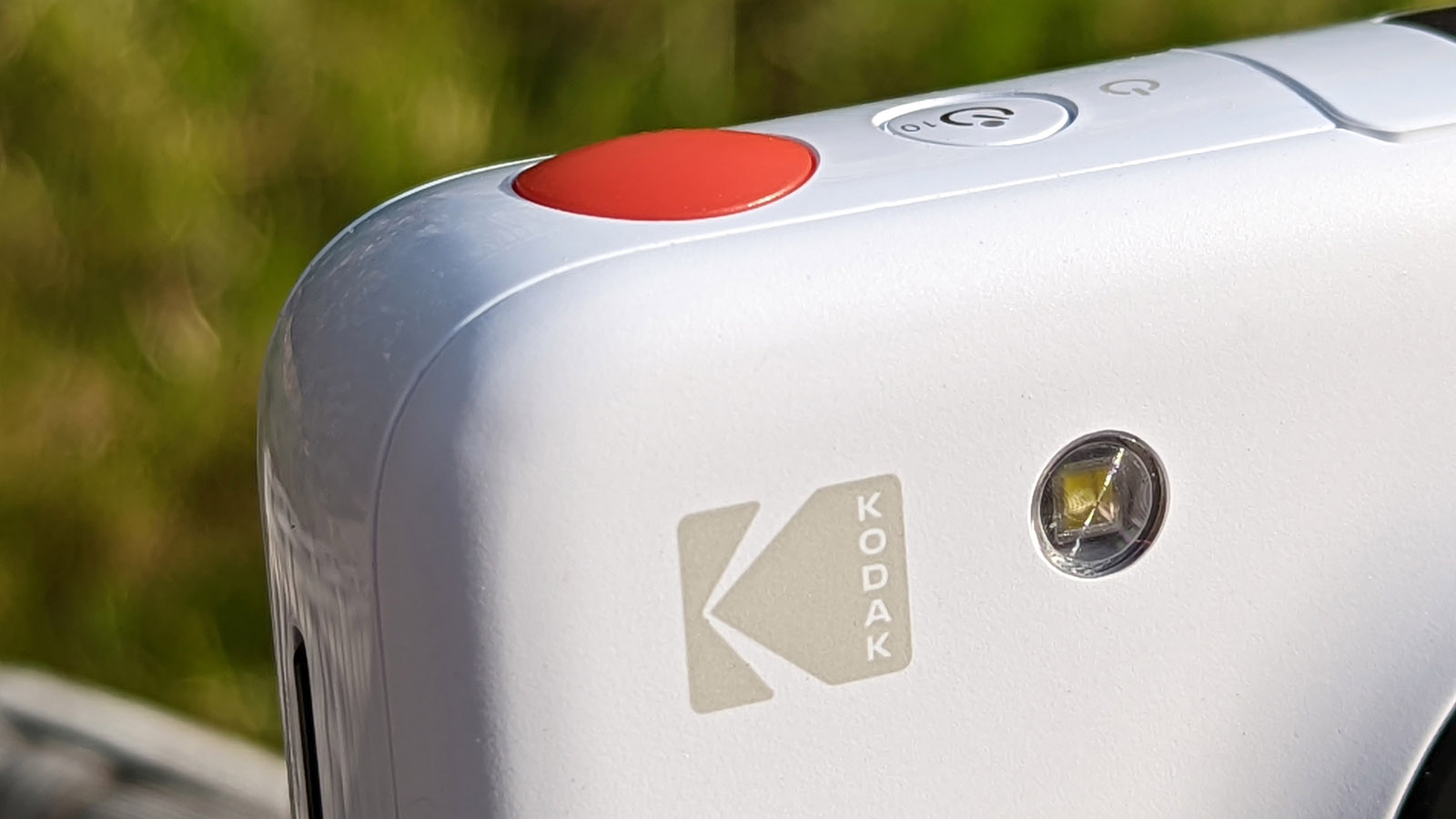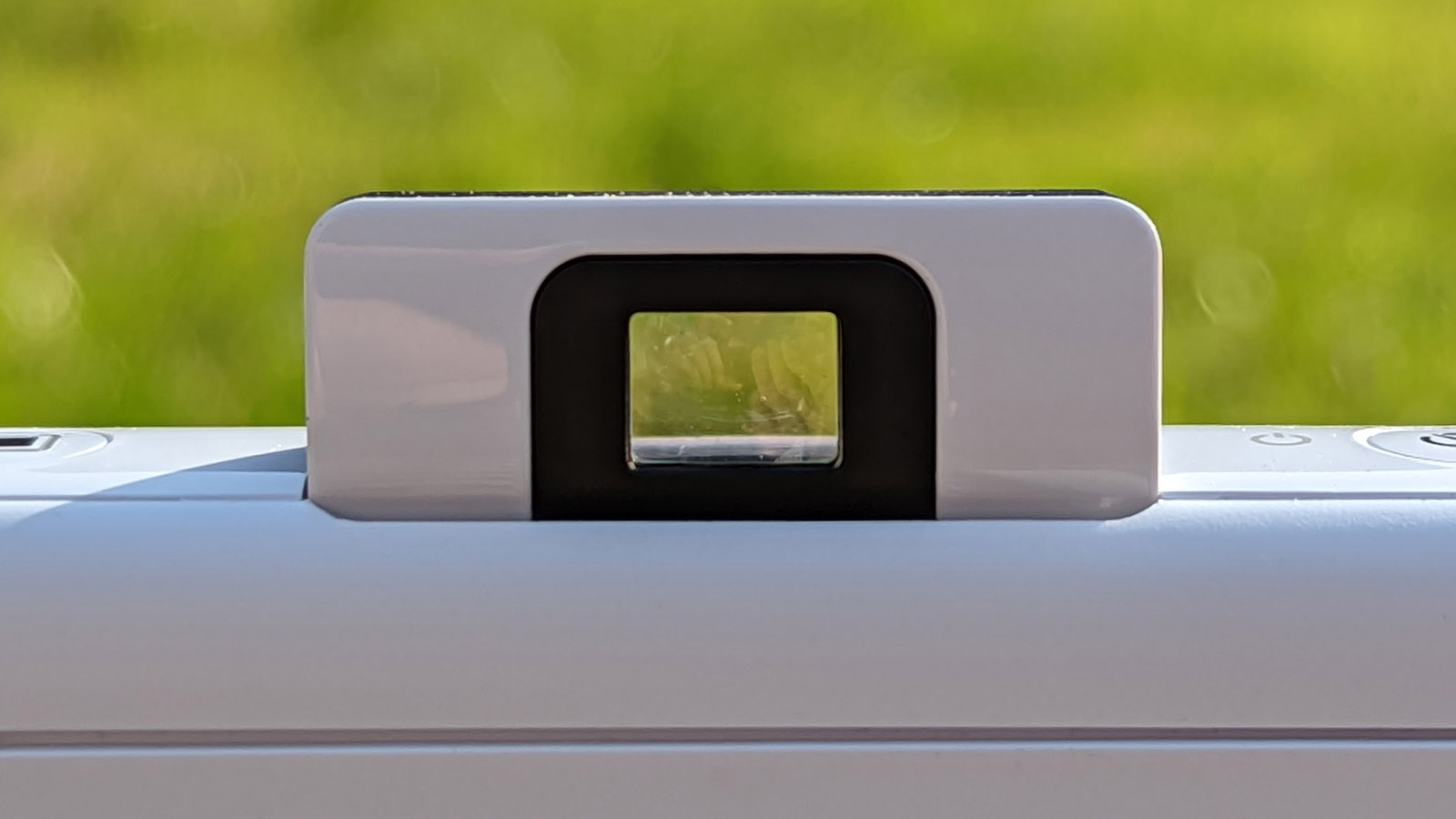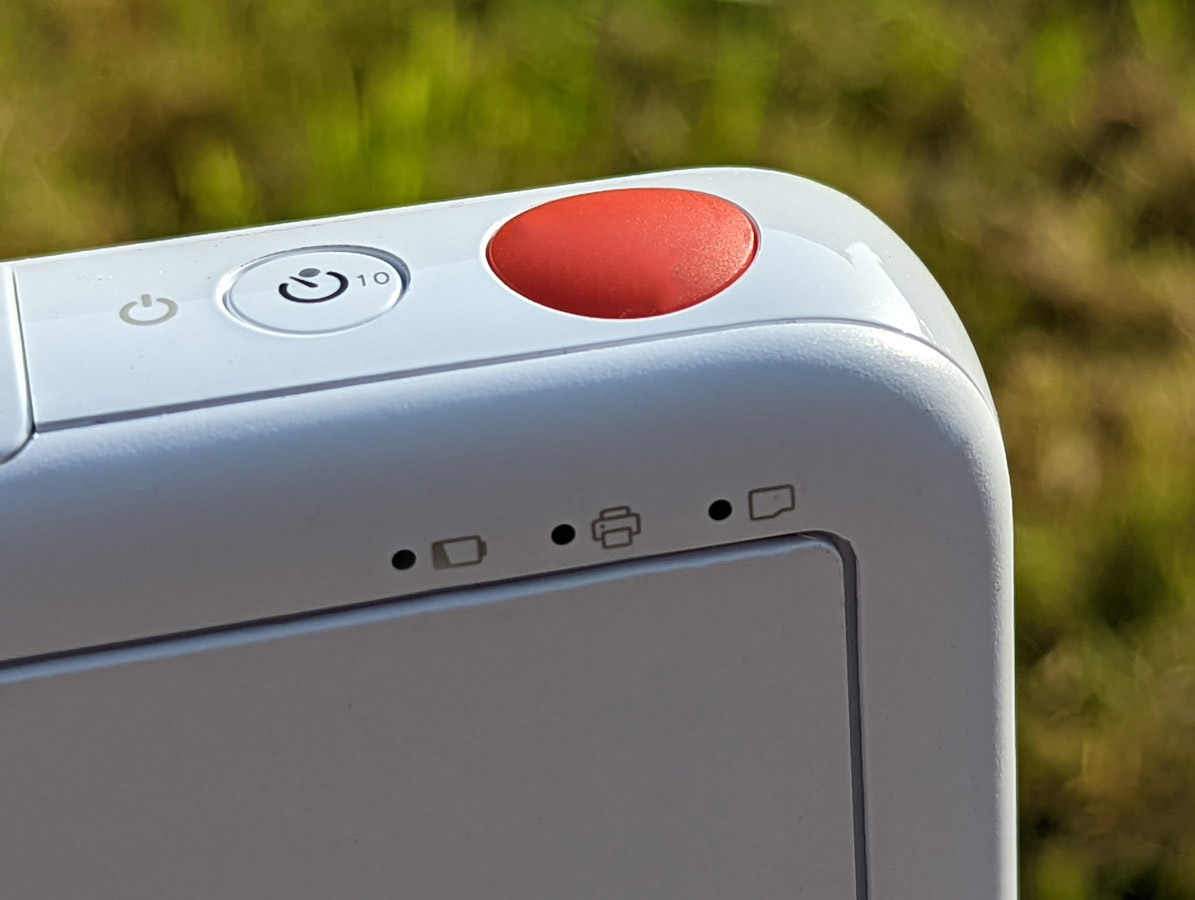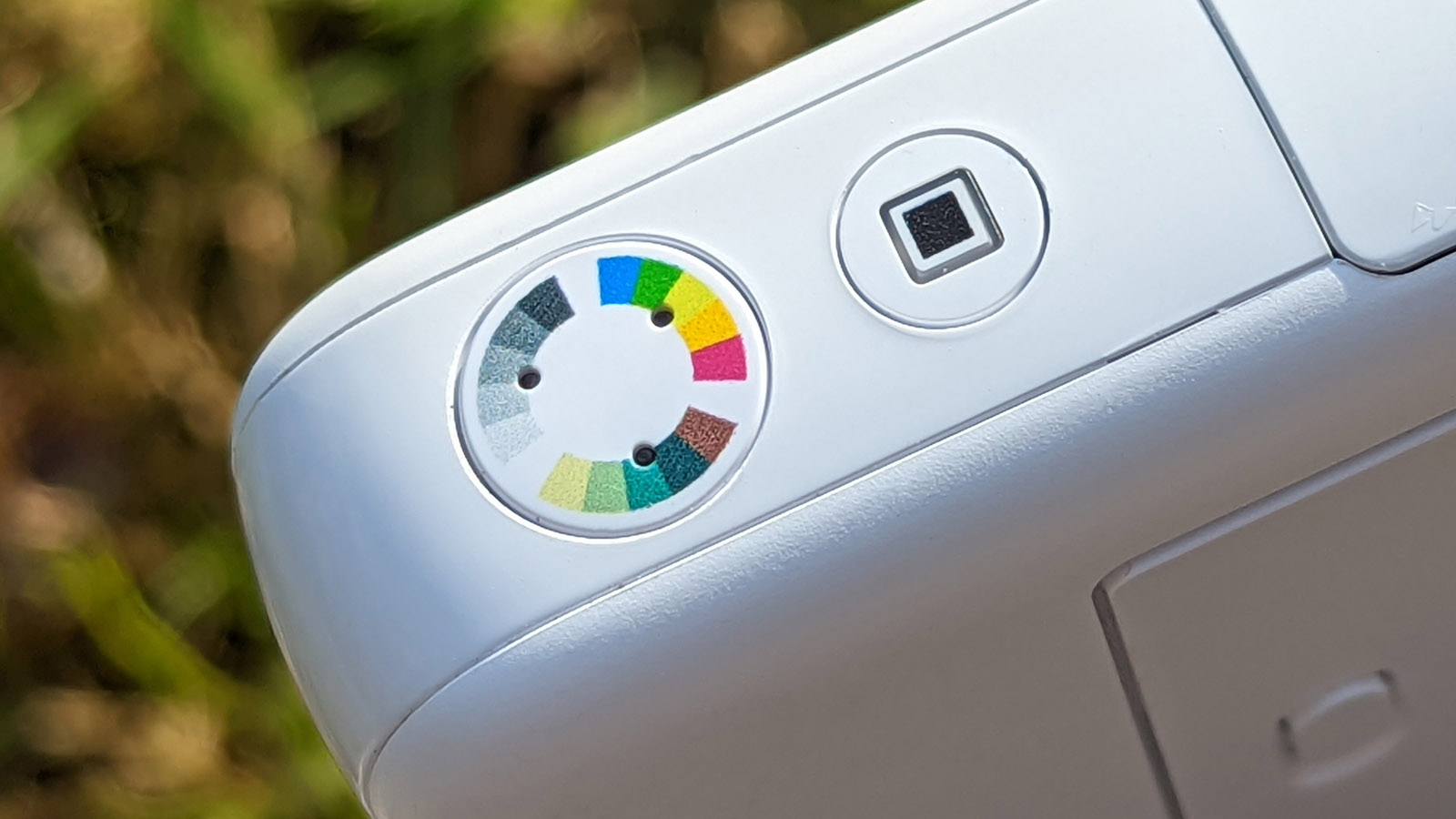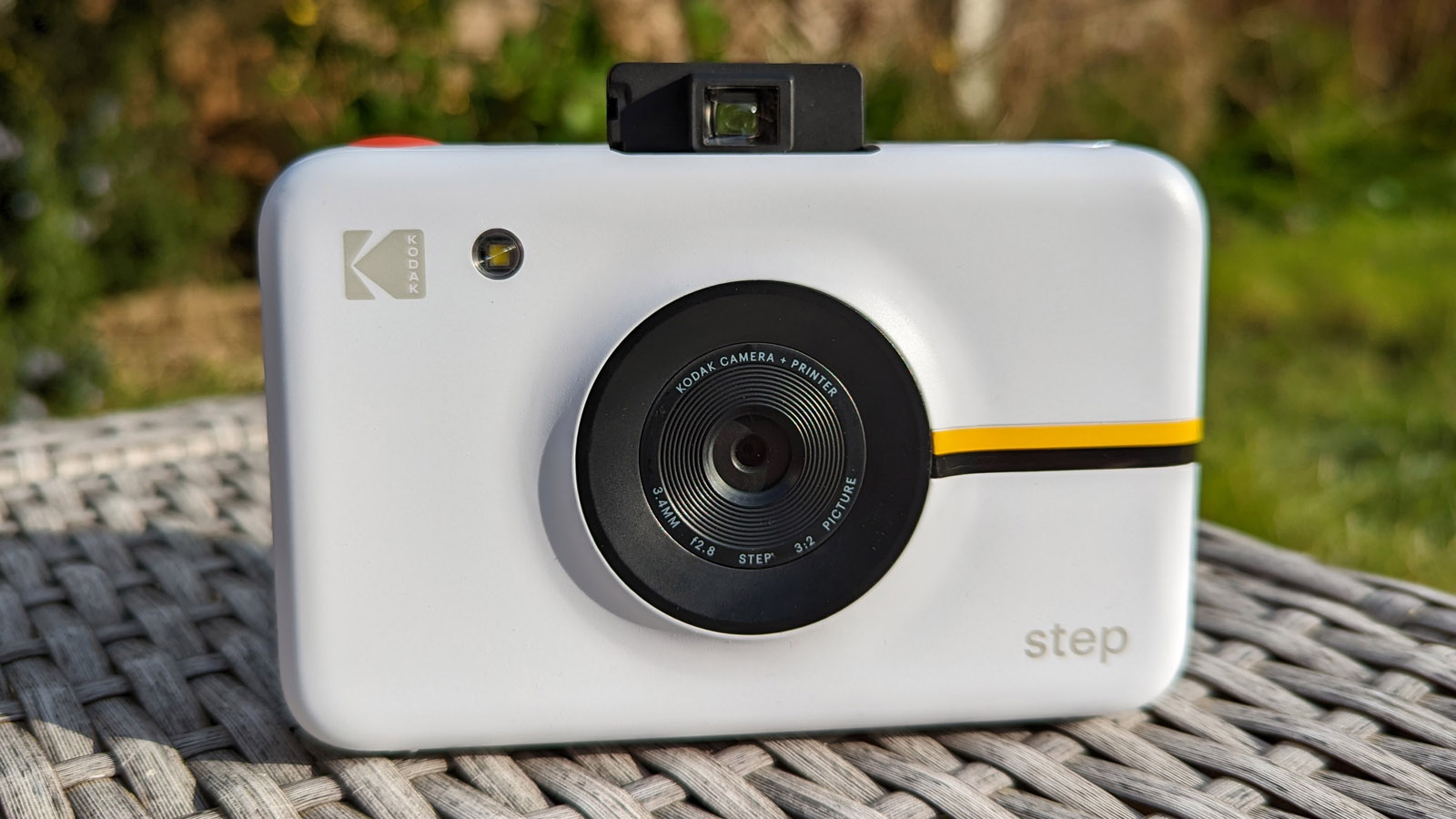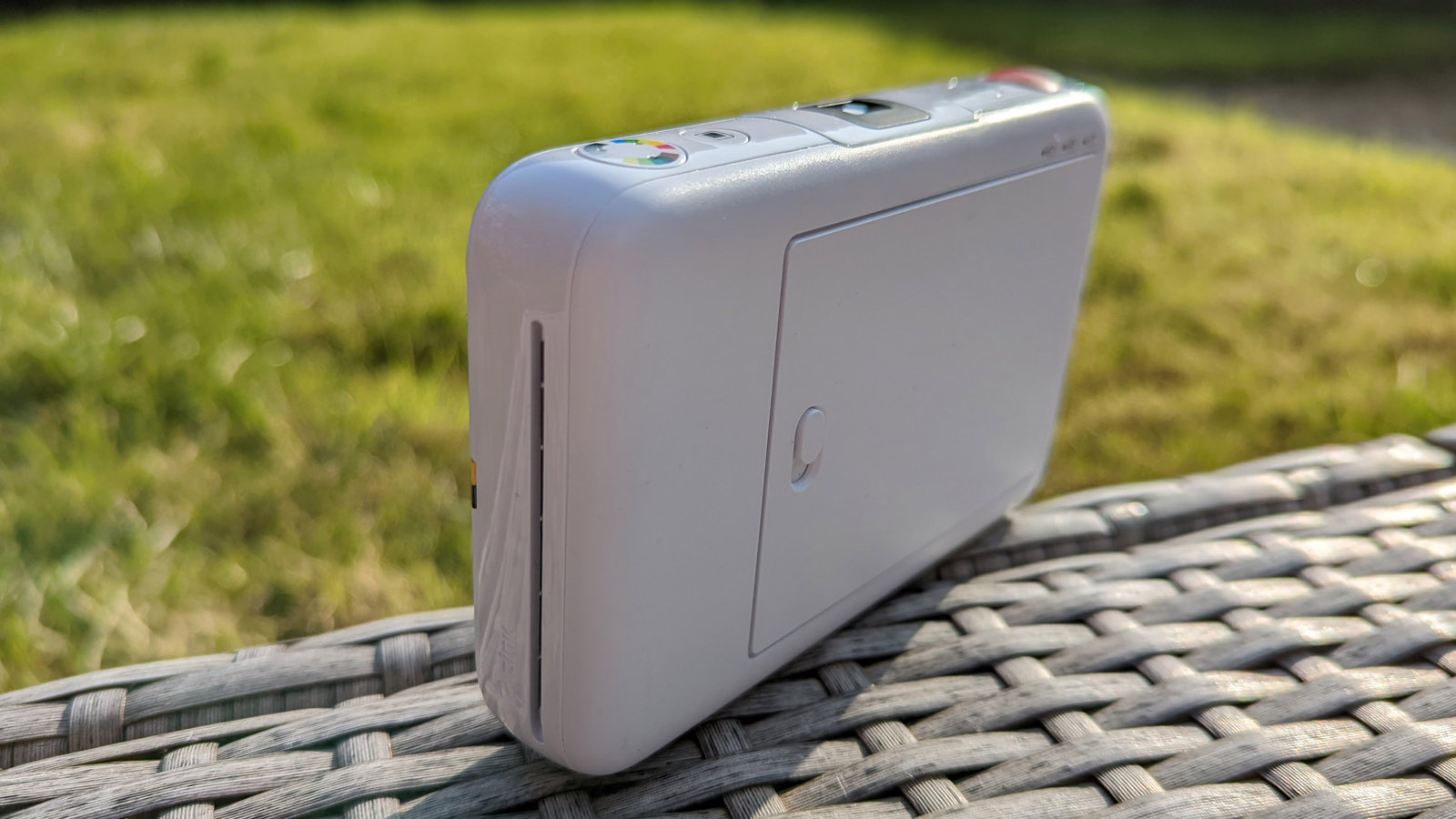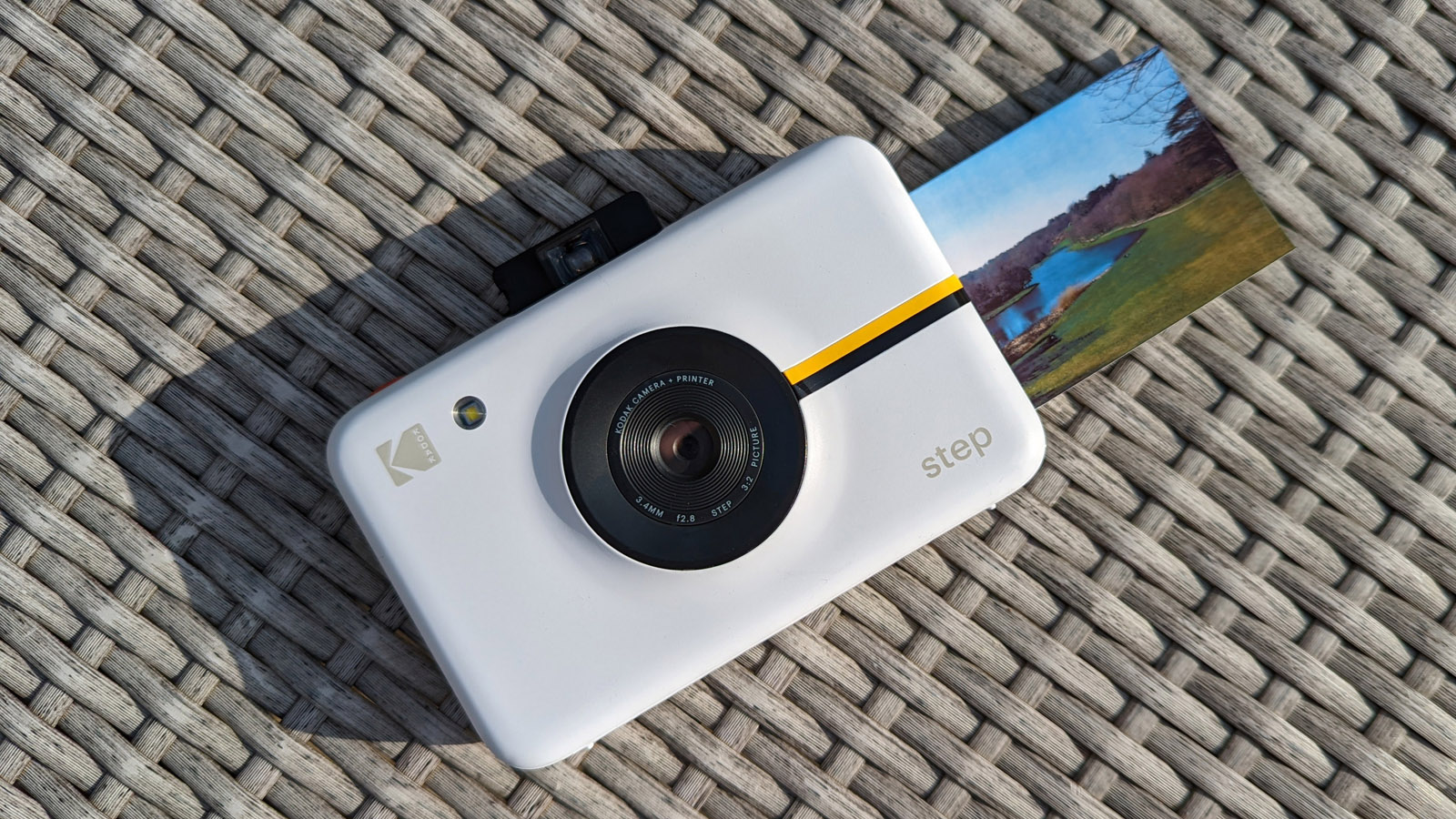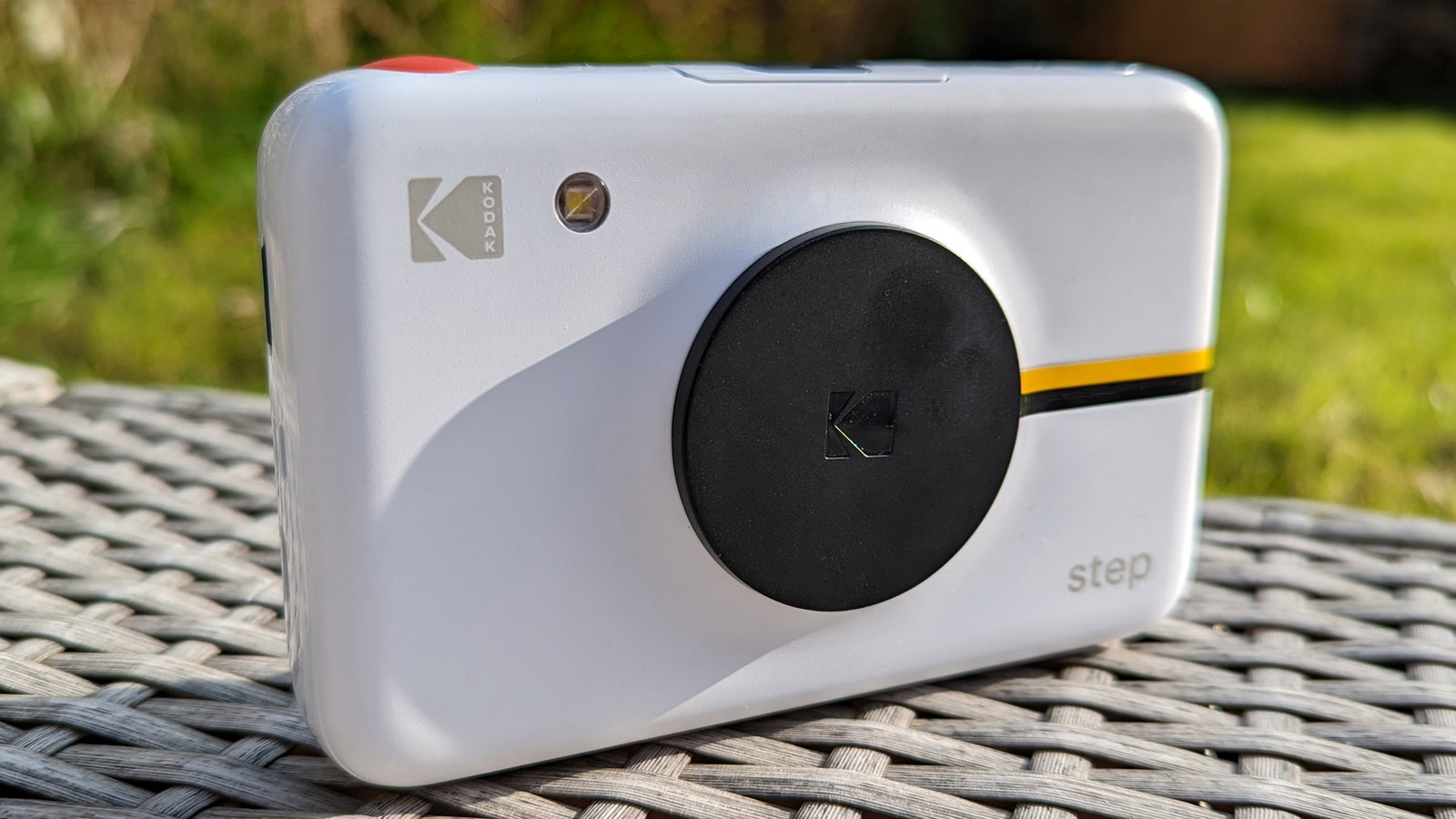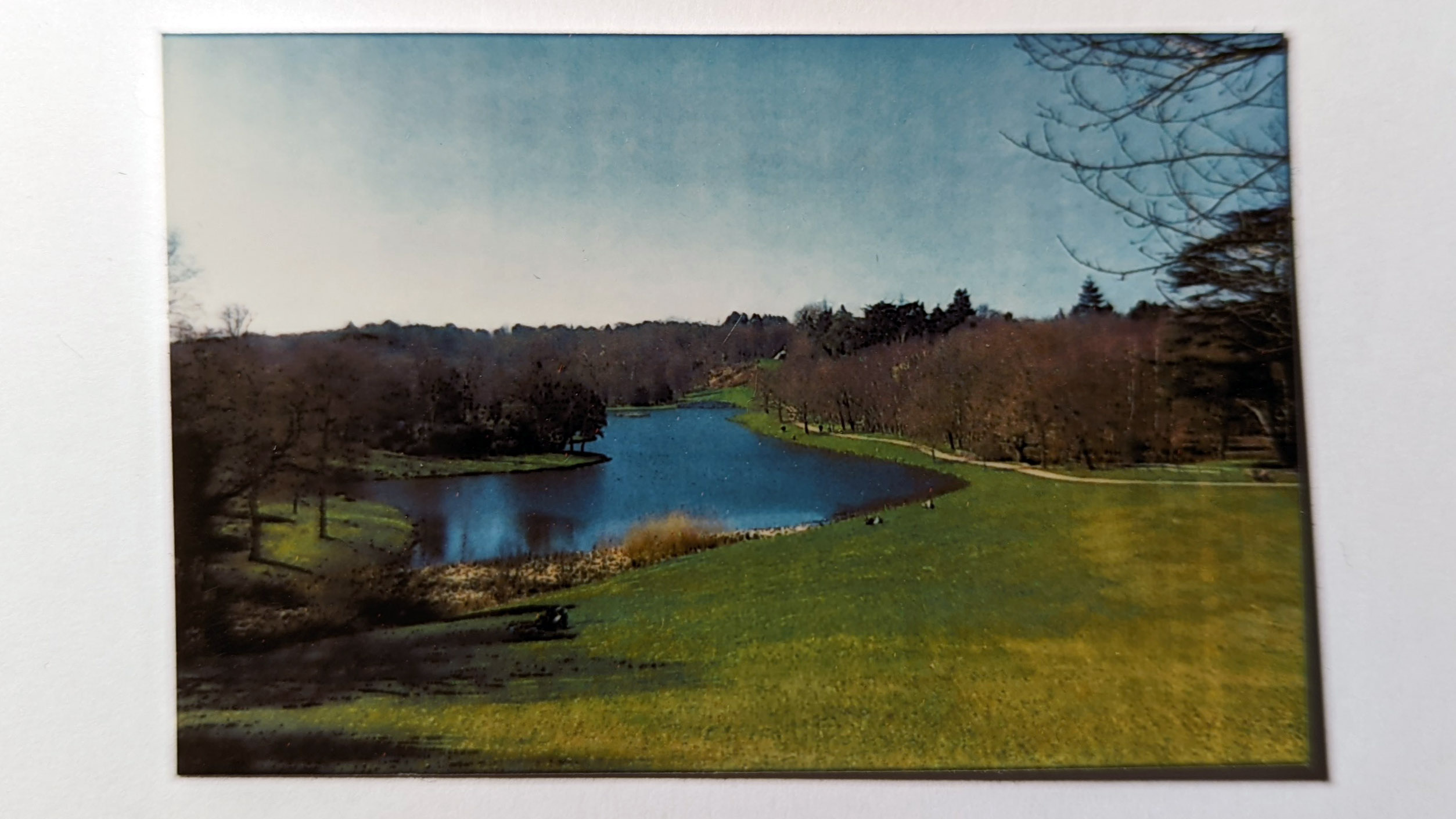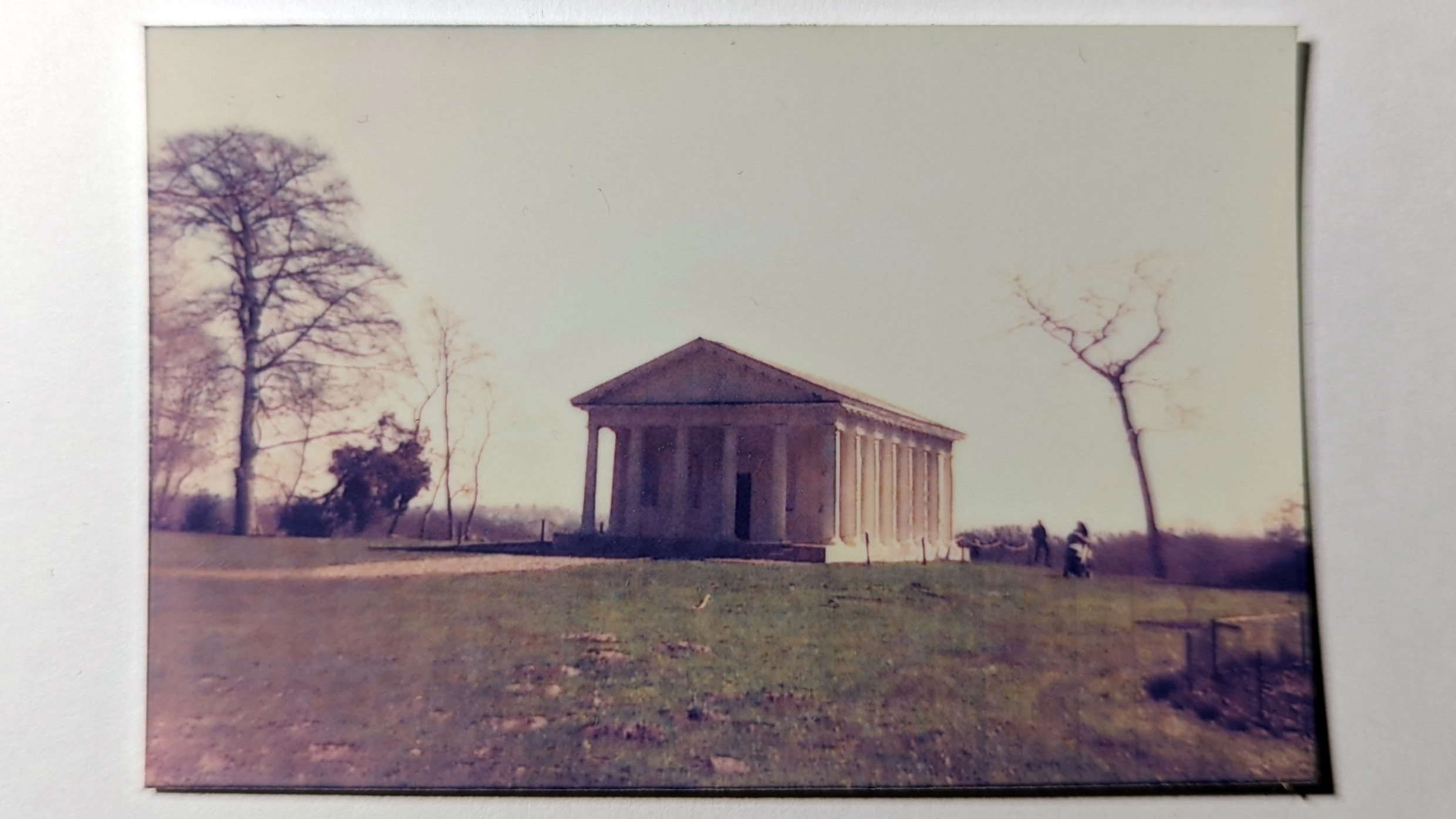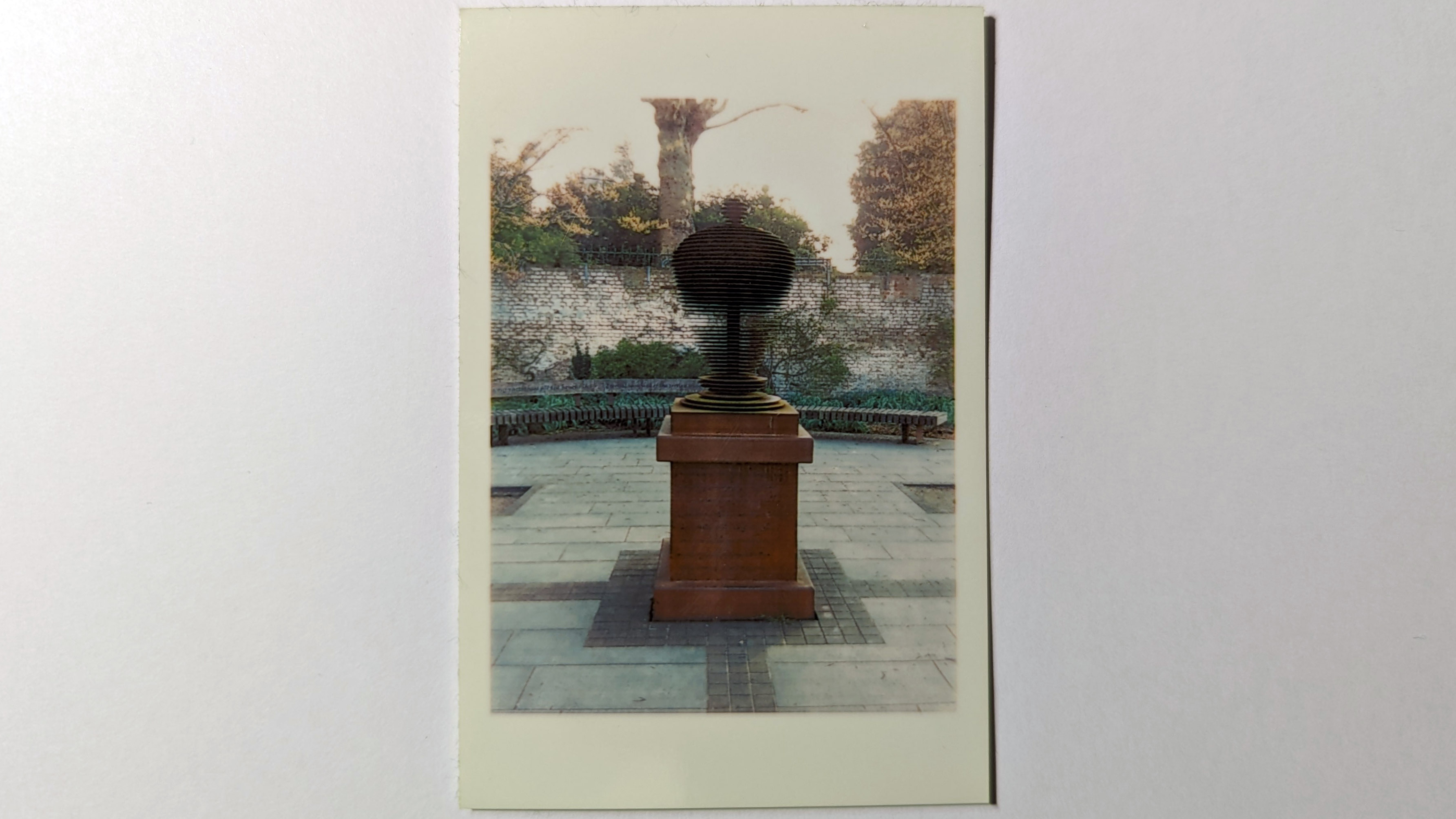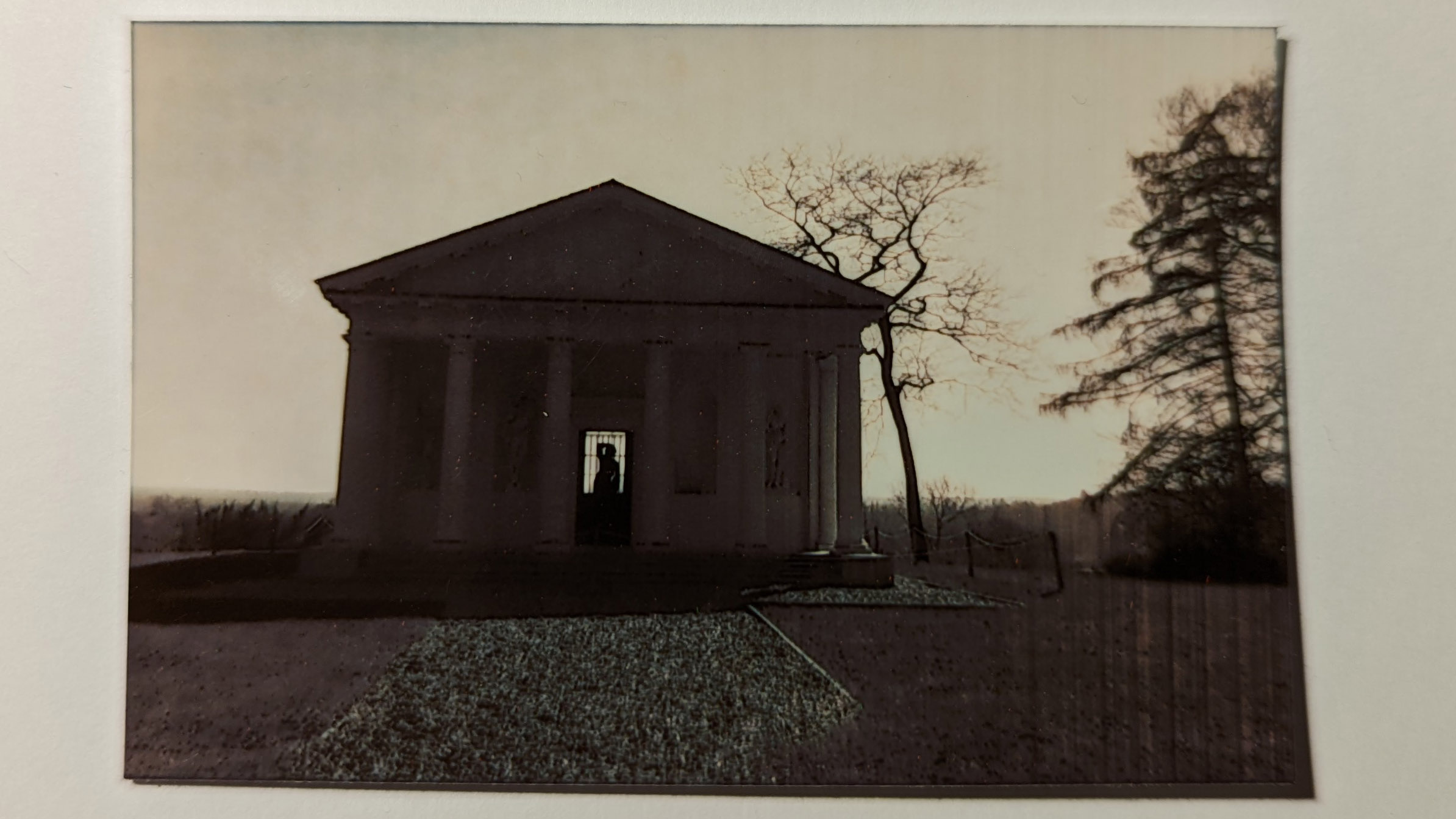SteelSeries Arctis Nova 7 Wireless
SteelSeries Arctis Nova 7 Wireless: One-minute review
If you’ve gotten a glimpse of the Steelseries Arctis Nova 7 Wireless, you’ll know that this is more than just the Arctis 7 with a fresh coat of paint. It may retain its predecessor’s general design but the ear cups and the headband are both slimmed down for a sleeker, more ergonomic package. It’s no wonder that it’s 14% lighter.
There are plenty of changes beyond just its aesthetics as well. It can connect to multiple sources simultaneously. It has fast charging capabilities. And, it has the kind of sonic customization thanks to the Sonar software suite that will let you customize the sound beyond anything you could have done with the Arctis 7. Of course, it still keeps some of the previous model’s DNA, good and bad, including that slightly weak bass. there’s enough to like that you might consider upgrading even if you own its predecessor.
Though it doesn’t quite reach the same aural heights as the SteelSeries Arctis Nova Pro Wireless, the Arctis Nova 7 Wireless is still a stellar entry into the oversaturated world of gaming headsets even if it costs a little more than it should.
SteelSeries Arctis Nova 7 Wireless: Price and availability
- How much does it cost? $179 (£174, about AU$310)
- Where is it available? Available now
- Where can you get it? Available in the US, the UK, and Australia
Interface: 2.4GHz wireless, Bluetooth, 3.5mm
Compatibility: Windows, Mac, PS4/5, Meta Quest 2, mobile devices
Mic: Bidirectional noise-cancelling
Surround sound: Microsoft Spatial Sound / Tempest 3D audio for PS5
Weight: 11.45oz (325g)
The SteelSeries Arctis Nova 7, which entered the marketplace late August 2022, is far from the cheapest of SteelSeries’ Nova gaming headsets. That honor goes to the much more stripped down Arctis 1, which goes for $59 (£59, about AU$69). And, though it’s not the most expensive either, it will set you back a decent amount with a price tag of $179 (£174, about AU$310).
Along with the 7P and 7X, the console-oriented versions of the same headset, it’s a solid performer all around. And, you can certainly find worse headsets for the price. But, considering the competition and what it offers, a price tag closer to $150 / £150 would be more appropriate.
Of course, the most expensive Nova headset, the Nova Pro Wireless, does go for $349 (£329, AU$649). However, it comes with such a wow factor that we would gladly pay that much for it.
- Value: 3.5 / 5
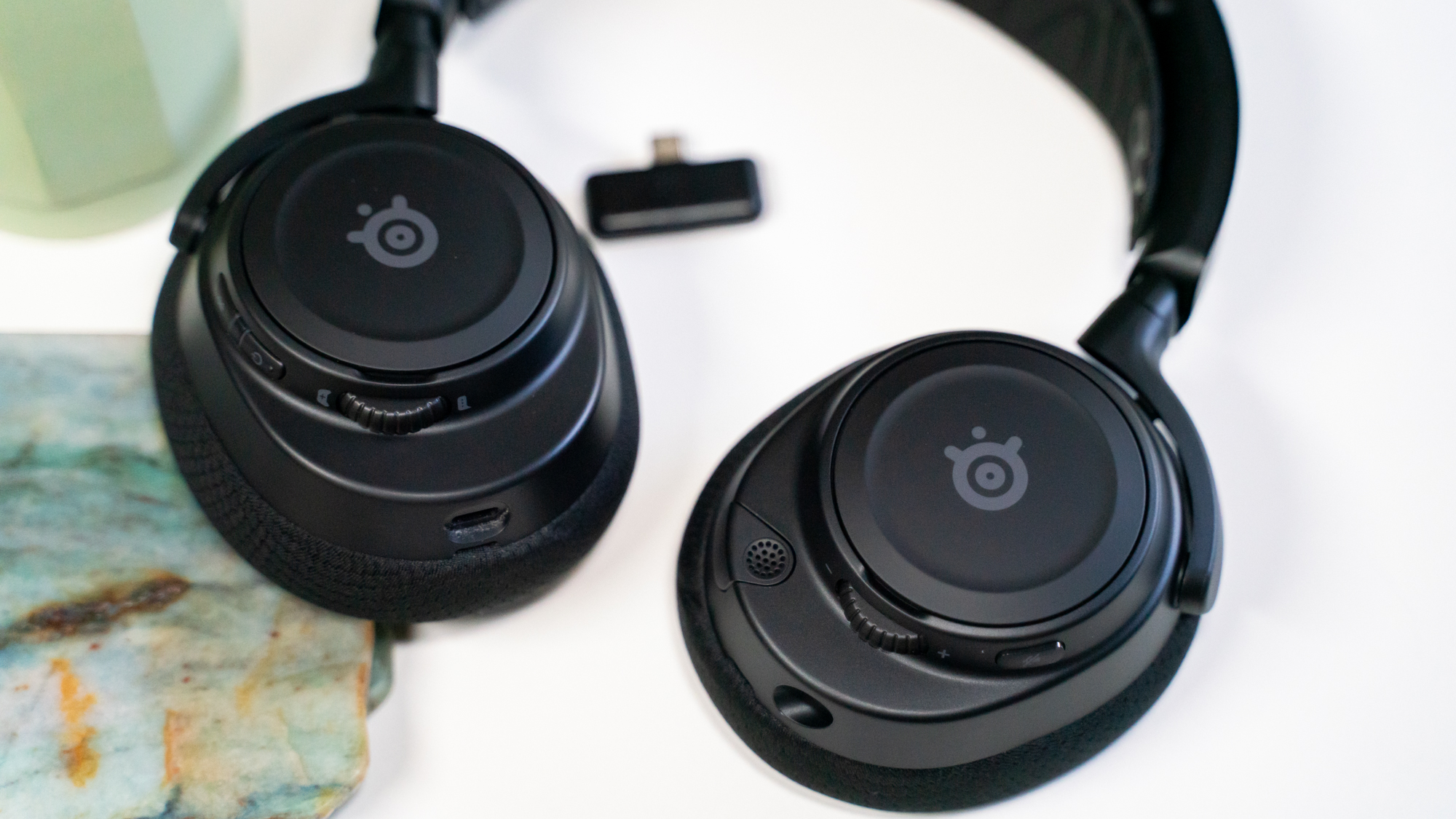
SteelSeries Arctis Nova 7 Wireless: Design
- Plenty of personalization available
- Clamping force is a little too light
- Compatible with most devices
Though the Steelseries Arctis Nova 7 Wireless is more than just a light refresh, you can still see the general outline of previous Steelseries headsets in its design. The ear cups are oval where they meet the ear pads and the headset still comes with replaceable personalizable ski goggle headbands and ear cup plates. It also uses similar materials, namely durable feeling plastic for the earcups and metal for the headband, PVD-coated steel in the case of the Nova 7. But, that’s where most of the similarities end.
Unlike the Arctis 7, the ear cups are thinner except for the raised circular portions that house the replaceable ear cup plates. These plates, which are small and circular, act as more of an accent instead of covering the entire outside surface as the ones on the Arctis 7 do.
Meanwhile, the steel headband is slimmer, as are the ski goggle headband inserts. They only need to be clipped into place on the inside, abandoning that iconic velcro-ed, wrap-around design.
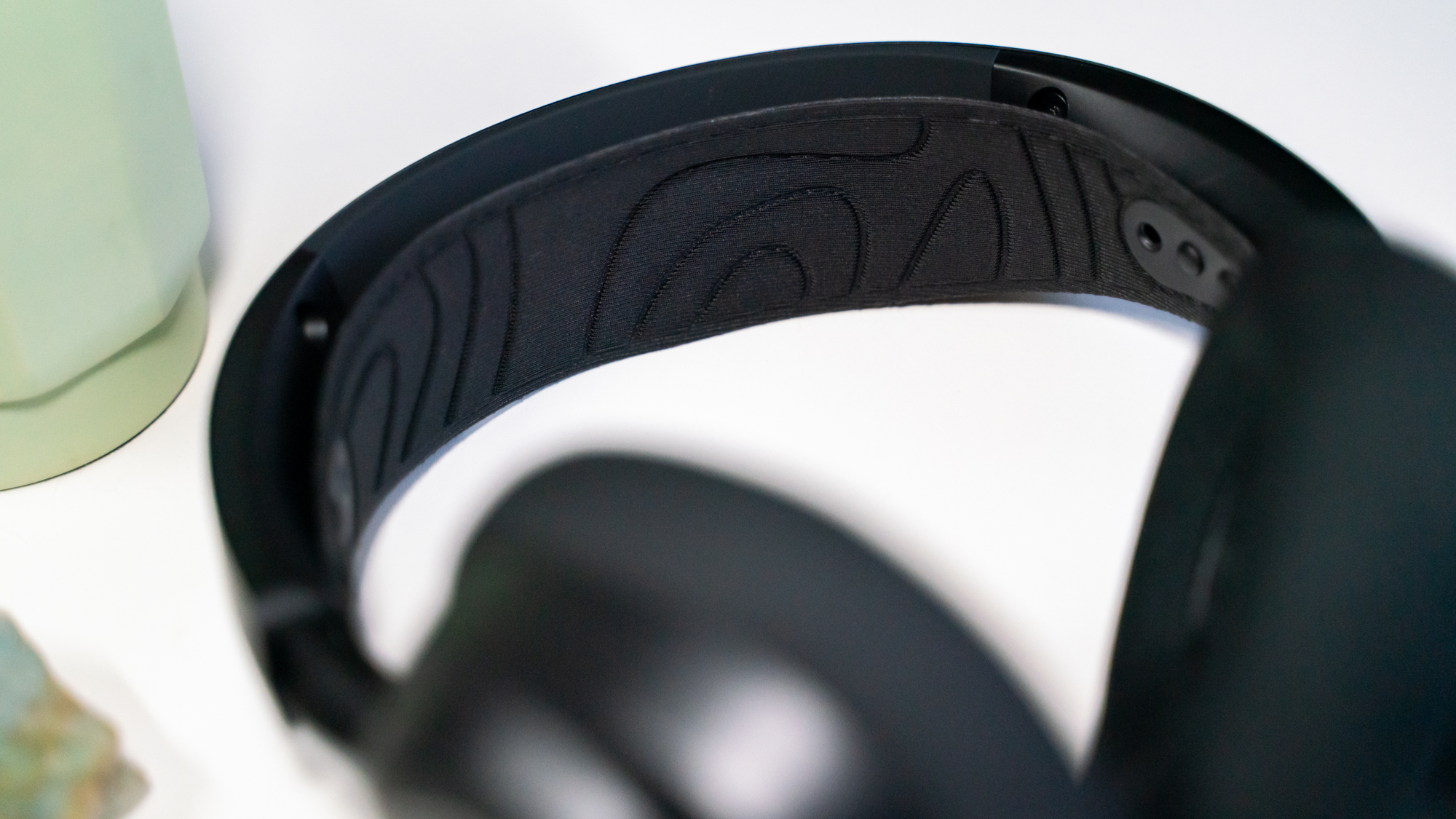
Both the ear cups and ski goggle headbands are completely replaceable with a number of different colorways available from Steelseries, though you’ll have to purchase them separately, allowing you to personalize the Nova 7 Wireless far beyond what you can do with most headsets.
All the controls you could want are at your fingertips as well. The right side houses the power and Bluetooth buttons as well as the chat mix and USB-C port while the left side has the mic mute, volume dial and 3.5mm audio jack on the left. The retractable mic is also on the left ear cup and sits completely flush when stowed away.
Ergonomically, there’s enough swivel and height adjustability to accommodate just about any head shape. You can even swivel the ear cups flat if you want to throw them in a backpack. When wearing the Arctis Nova 7, however, we find it has one glaring issue. There isn’t enough clamping force to keep it in place during intense moments. When we move our head quickly, it slides around a bit. While it doesn't fly off, we would have preferred a little tighter fit. After all, you can loosen a headset’s clamping force but you can’t tighten it.
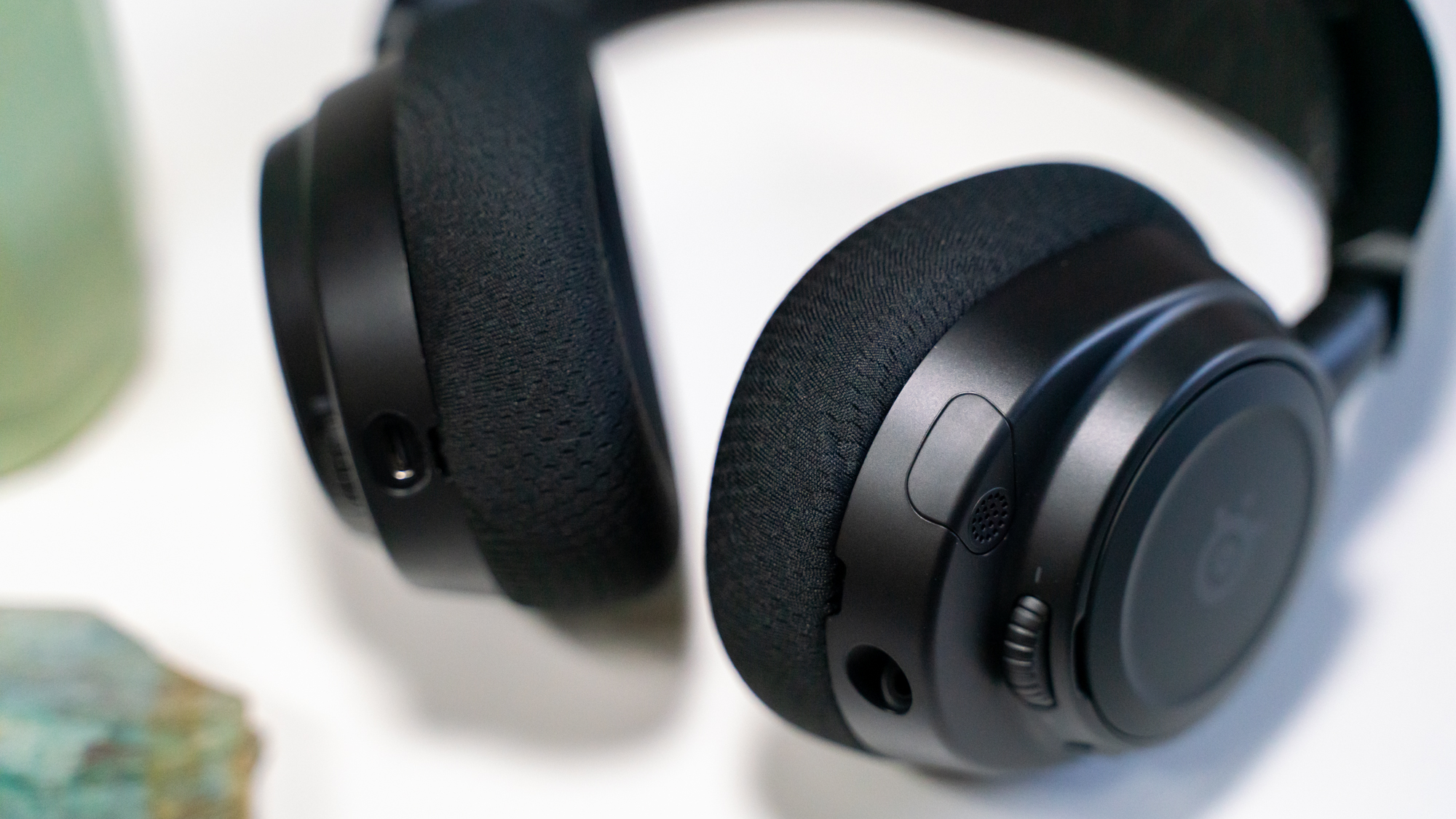
It’s still surprisingly comfortable to wear despite that one issue. The ski goggle headband keeps the steel band from putting pressure on your head while the airweave memory foam ear pads are plush and keep you from feeling any fatigue even after wearing it for long periods of time. Of course, having tested the Nova Pro Wireless as well, we much prefer the soft leatherette covering of the Pro to the coarser cloth covering the ear pads here. Considering the price, a softer fabric would have given it better value.
Considering all the connectivity on the Nova 7 Wireless, it’s no surprise that you can basically hook it up to just about any system. The USB-C dongle lets you use the headset with a PC, Playstation, or Switch while you can use the Bluetooth capability for Mac, tablets and phones. Of course, you can also connect it to any analog device thanks to the 3.5mm connection.
One of the benefits of having that wide range of connectivity is the ability to connect to multiple devices at once. And, Steelseries has made that a feature here. Its multi-device, multi-platform support lets you connect to a wireless source and Bluetooth source simultaneously, so you can take that important call in the middle of a battle without having to grab your phone.
Since it has that simultaneous connectivity, Steelseries has decided to include separate buttons for power and Bluetooth. If you’re connected to a Bluetooth source and use the power button to power off, the headset will still receive that Bluetooth signal. You have to press that Bluetooth button to power off.
If you’re hoping to use this for anything else, it also comes with a 3.5mm for wired connectivity. In essence, you can connect the Nova 7 Wireless to just about anything. Though, if you want wireless connectivity to an Xbox, you need to get the Nova 7x instead.
- Design: 4 / 5
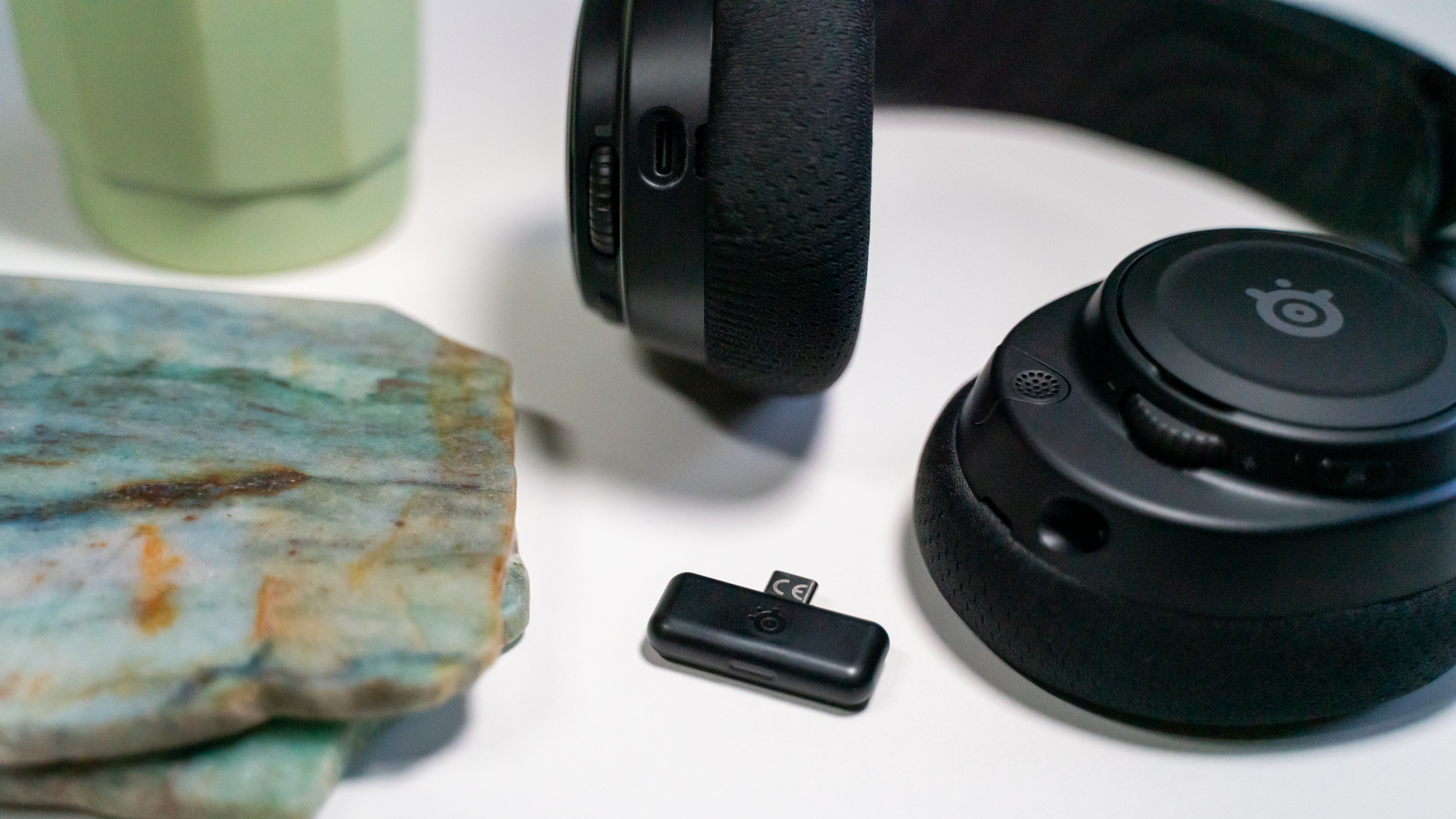
SteelSeries Arctis Nova 7 Wireless: Performance
- Very good, if a bit too neutral, sound quality
- Plenty of battery life including fast charging
- Good sounding mic
There are headphones and headsets that sound more fun with boosted lows and highs, and then there are ones with a more neutral sound. The SteelSeries Arctis Nova 7 sits firmly in the latter camp. The mids are just right while the low-end is present enough for you to feel them, even though they’re a bit quieter than we prefer. Meanwhile, the high-end is detailed if slightly veiled.
We’re able to hear everything clearly and as intended. It won’t compare to the cleaner and punchier sound of the SteelSeries Arctis Nova Pro Wireless. But, it gives pretty accurate audio that’s immersive once our ears adjust to the more neutral sound.
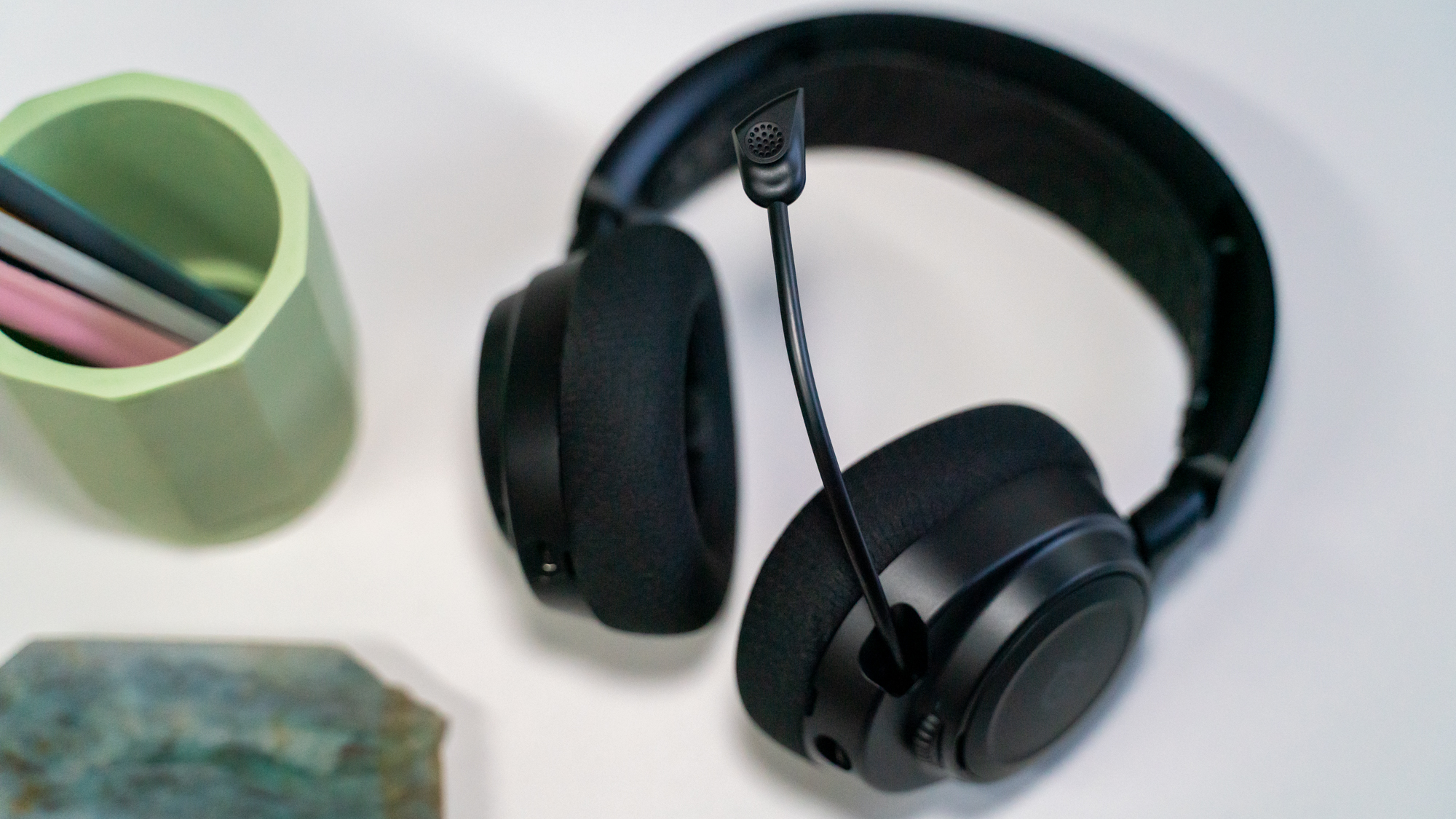
Along with audio quality, mic quality is a crucial consideration with headsets. The boom mic sounds loud, clear, and very present with only a tiny bit of compression on the voice. Essentially, it sounds very good. It does pick up background noise but not at a volume that’s distracting or will affect how well others hear our voice. And, there is some AI noise cancellation available via the software.
When tested, we’re able to also use the mic without retracting it from the earcup. Of course, the mic quality suffered a bit. Our voice still comes through clearly, but it’s not as loud, a bit more compressed, and sounds like it’s farther away. It also picks up much more background noise.
The battery life is also an important factor. Luckily, it’s pretty stellar here. While you won’t be able to hot-swap batteries as on the Pro Wireless, the Steelseries Arctis Nova 7 Wireless does give you 38 hours of battery life. That’s about five days of gaming if you put in eight hours a day. It also offers fast charging via its USB-C. With just 15 minutes of charge, you can get an extra six hours of use.
We’re also impressed with some of the software-related features that come with the Arctis, notably the new Sonar Audio Software Suite. It’s an add-on to the SteelSeries GG Engine and gives you a ton more control. You can adjust mic volume, game volume, chat volume, chat mix, and much more. You can also turn on the ClearCast AI noise cancellation here.
Most importantly, it gives you access to a parametric EQ. This means that you can not only adjust the boost or cut of individual EQ bands but also change which frequencies you’re adjusting as well as add more bands to play with. This is much deeper and customizable than the usual five-band EQ that most headsets give you access to. Just be aware that these customizations are only available when you’re plugged into a PC and using the app.
- Performance: 4 / 5
Should I buy the SteelSeries Arctis Nova 7 Wireless?
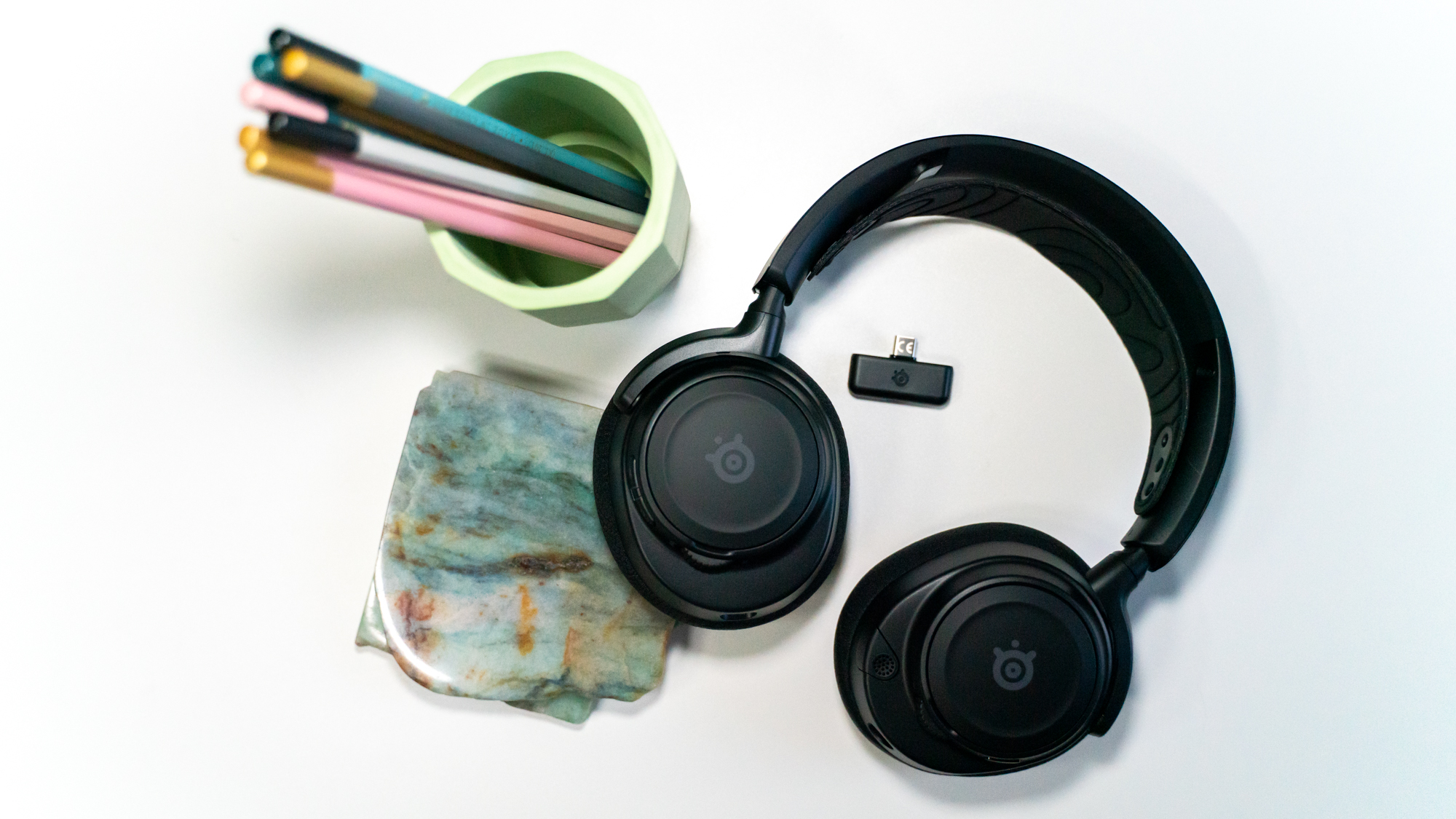
Buy it if...
Don't buy it if...
Also consider
SteelSeries Arctis Nova 7 Wireless: Report card
| Value | While the Nova 7 Wireless is a very solid headset, and better than much of the competition, we think it should be just slightly cheaper. | 3.5 / 5 |
| Design | It’s a versatile and sleek headset. It’s also lighter than its predecessor. | 4 / 5 |
| Performance | It sounds good with a good quality mic, excellent battery life and some great software customization. | 4 / 5 |
| Total | While a bit on the pricey side, it’s a great all-around headset that will impress most. | 4 / 5 |
- First reviewed September 2022
How we test
We pride ourselves on our independence and our rigorous review-testing process, offering up long-term attention to the products we review and making sure our reviews are updated and maintained - regardless of when a device was released, if you can still buy it, it's on our radar.

